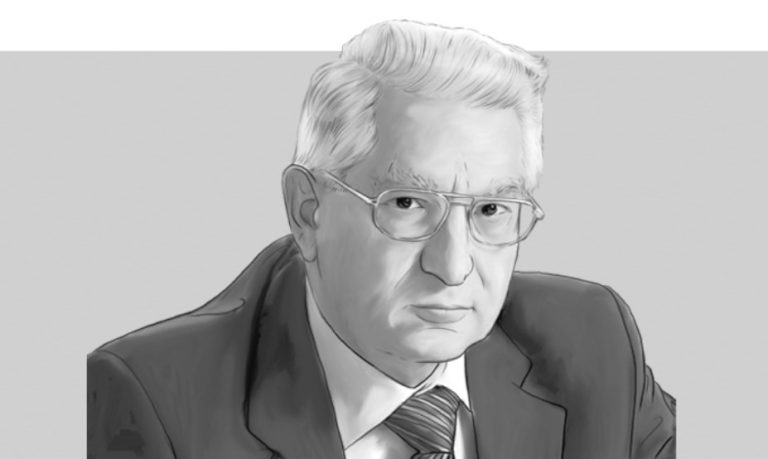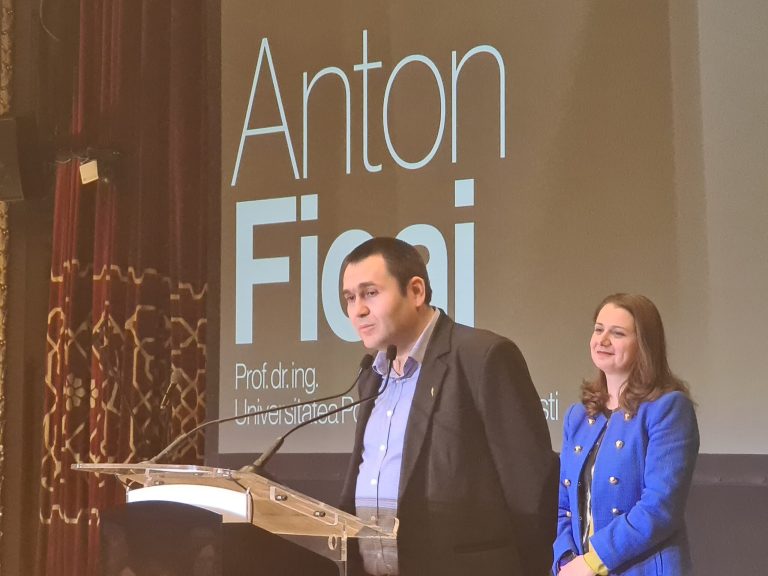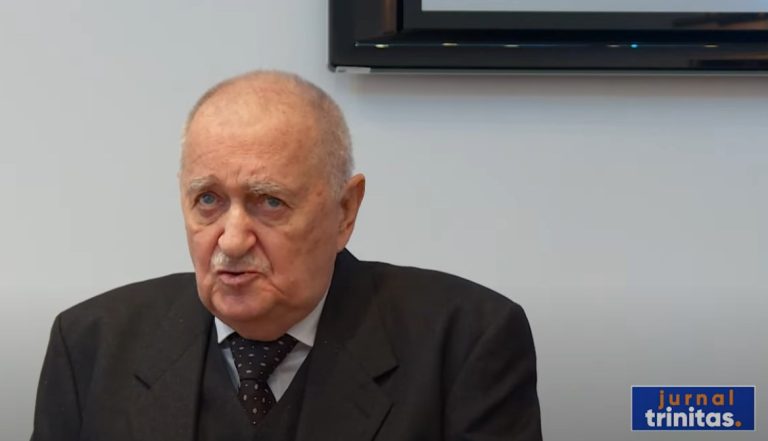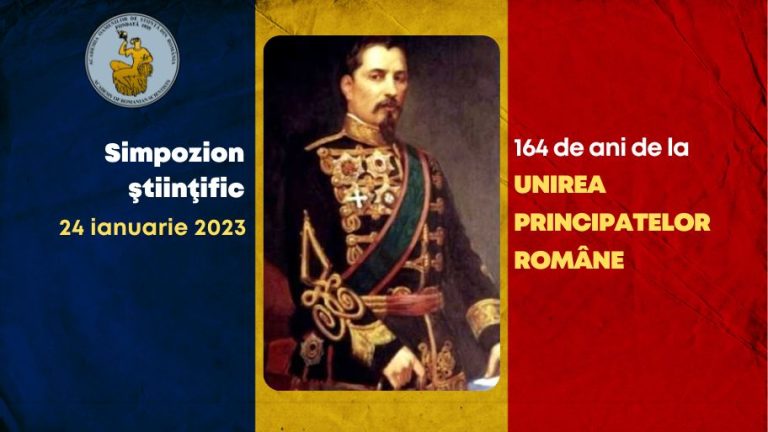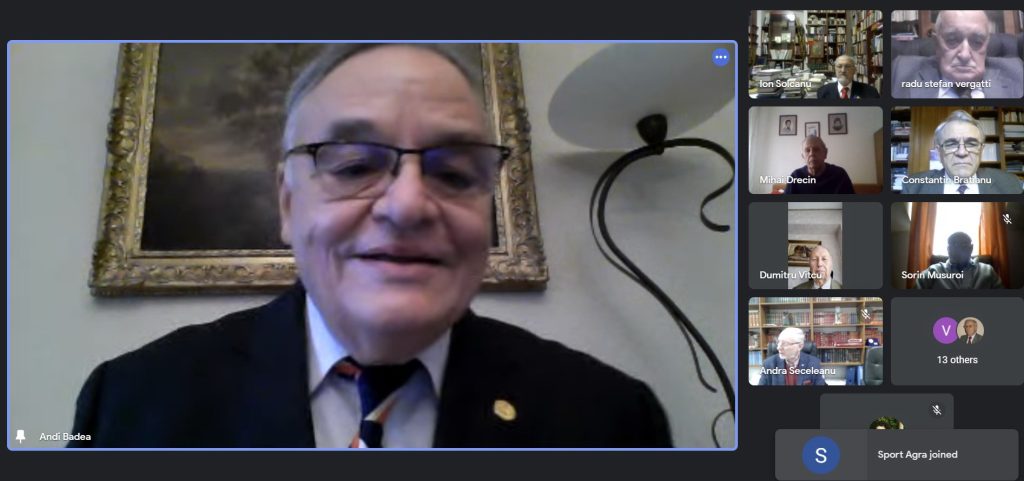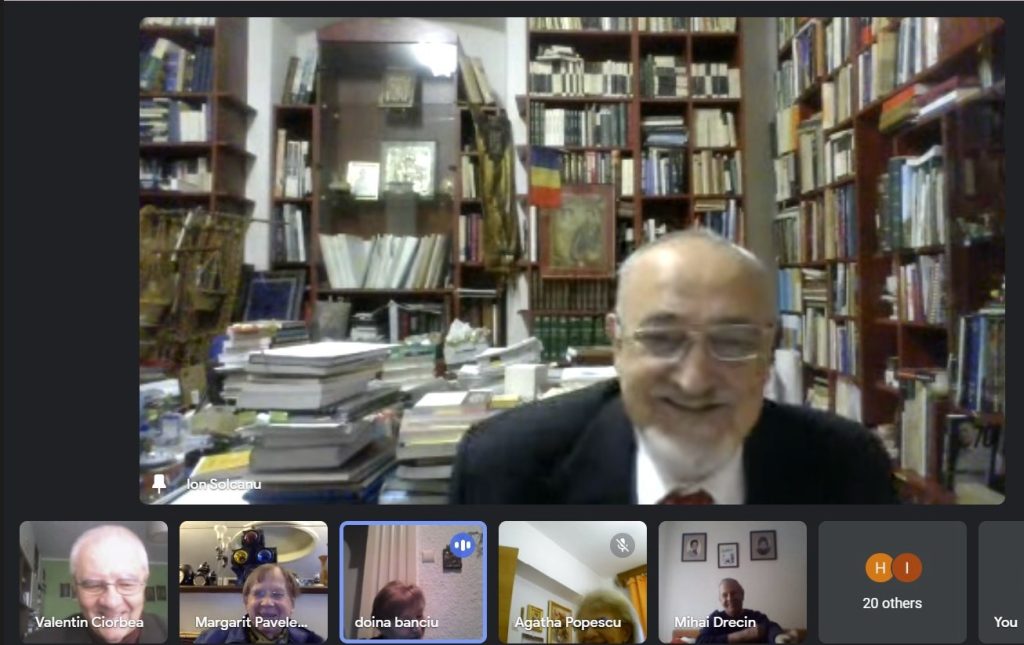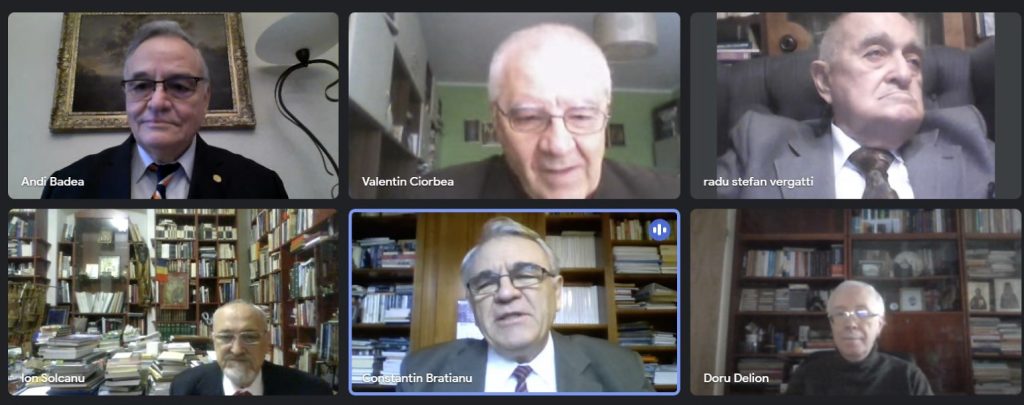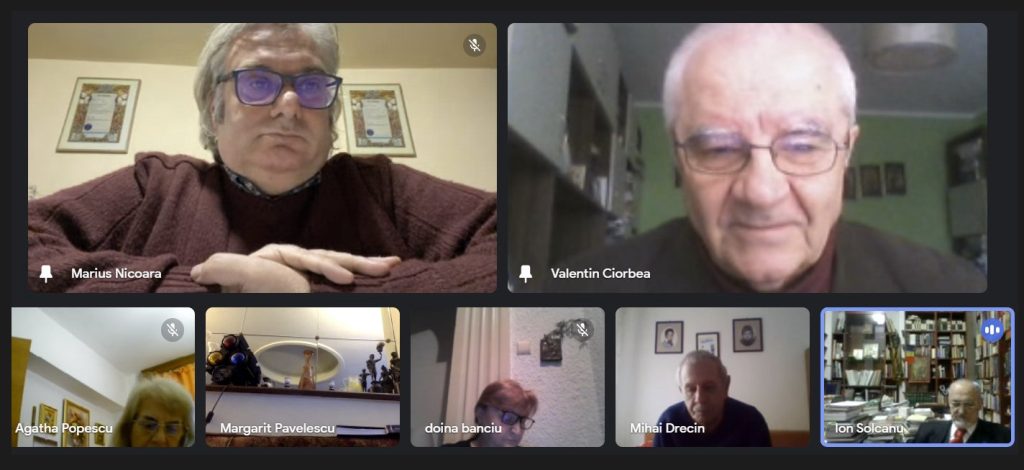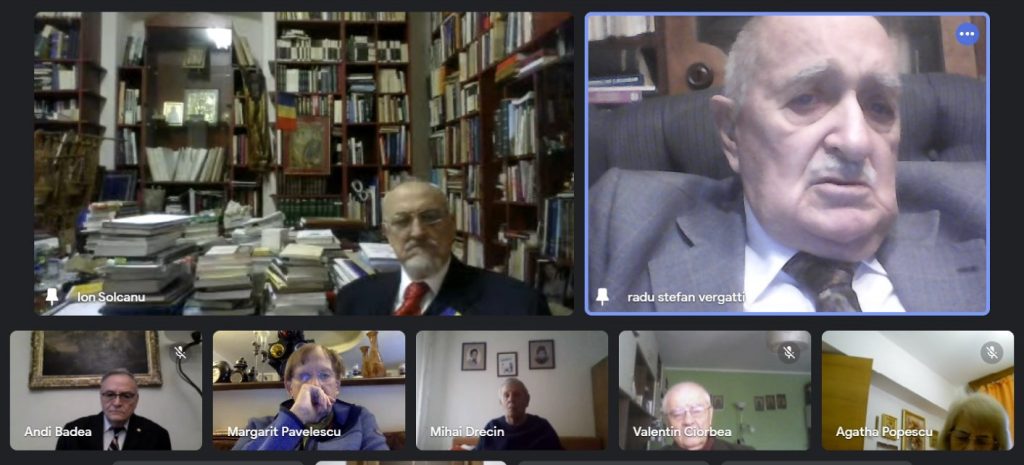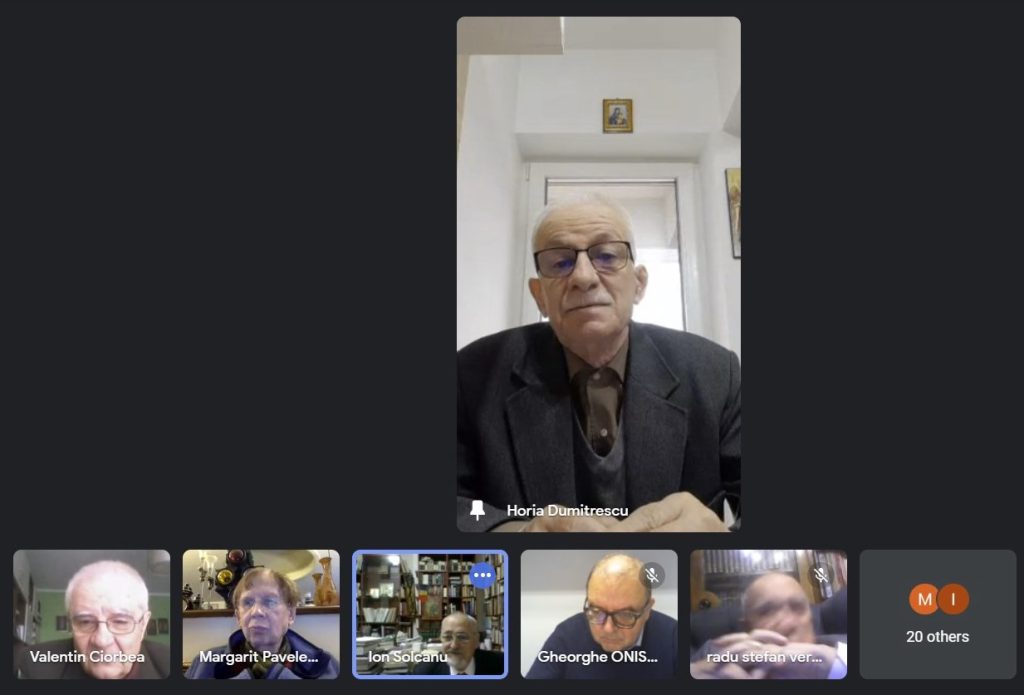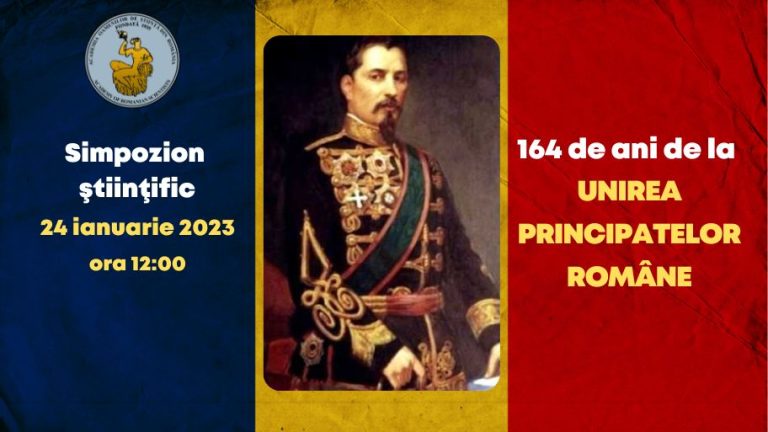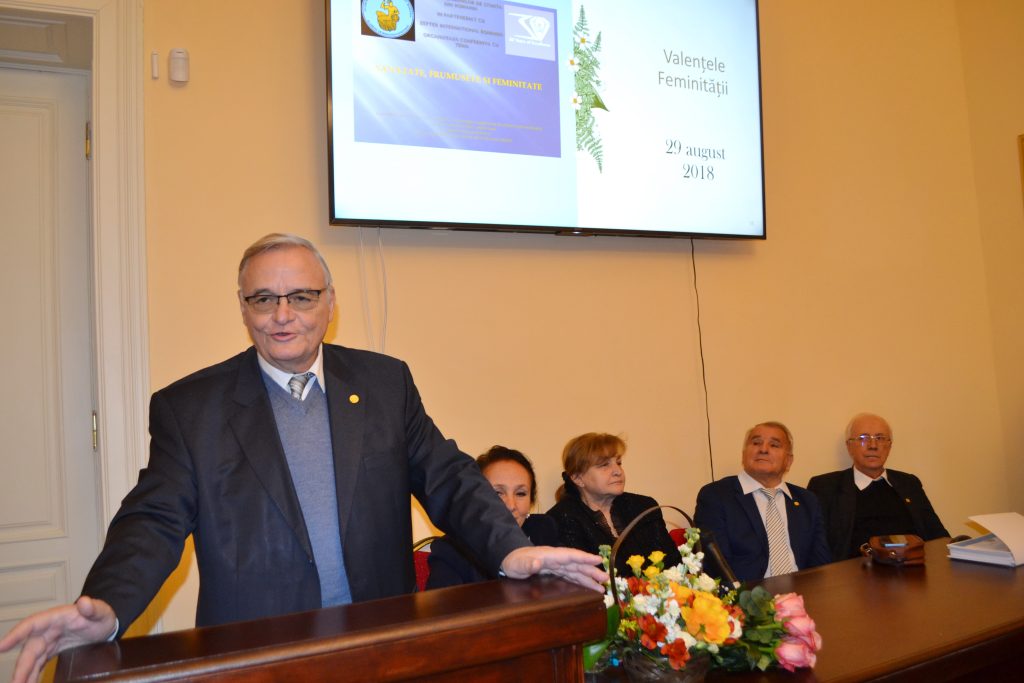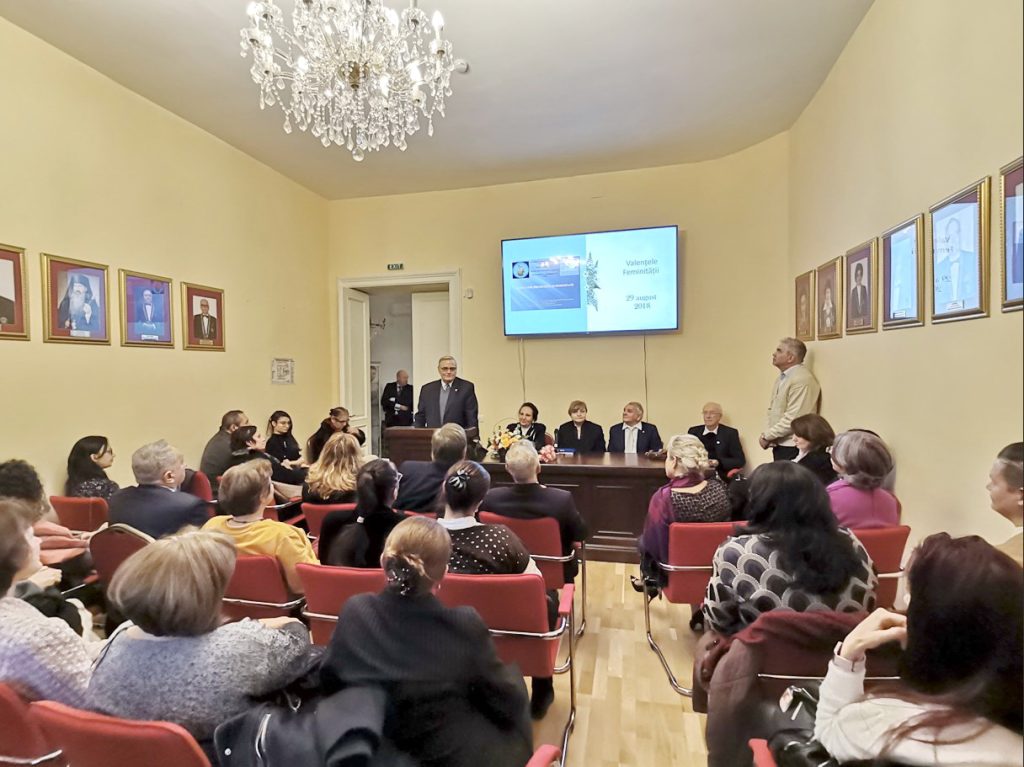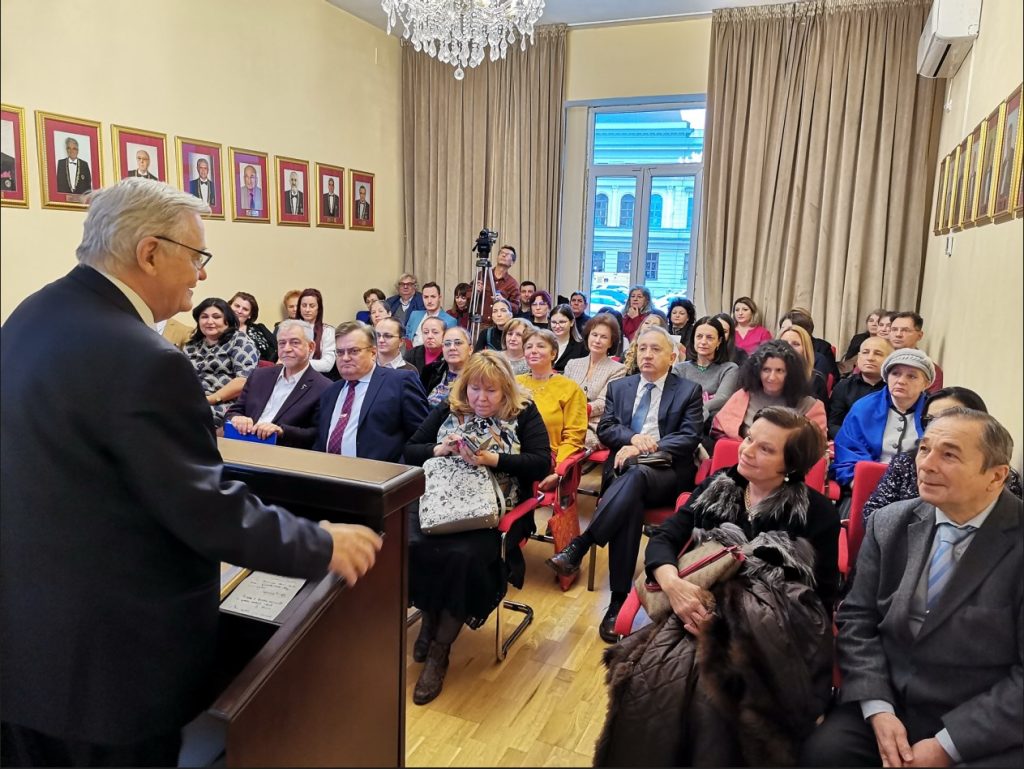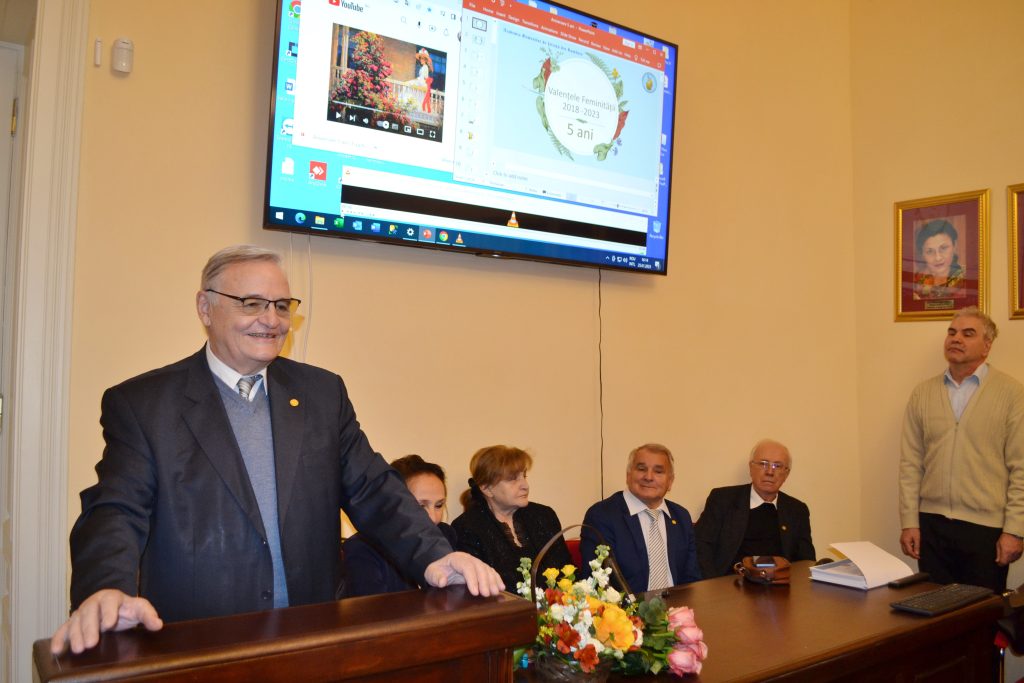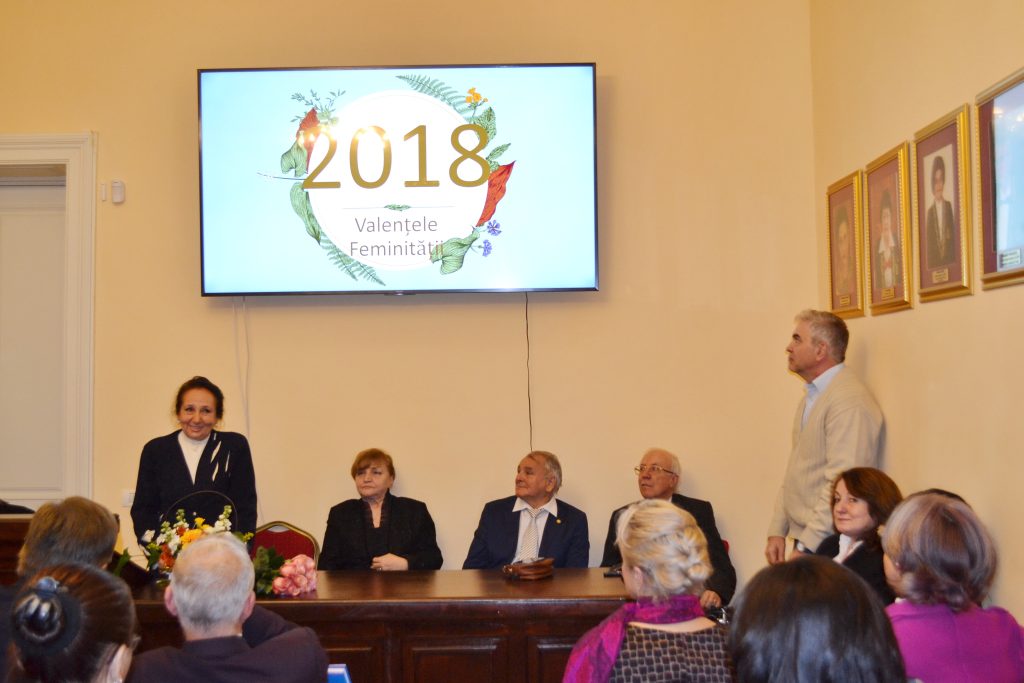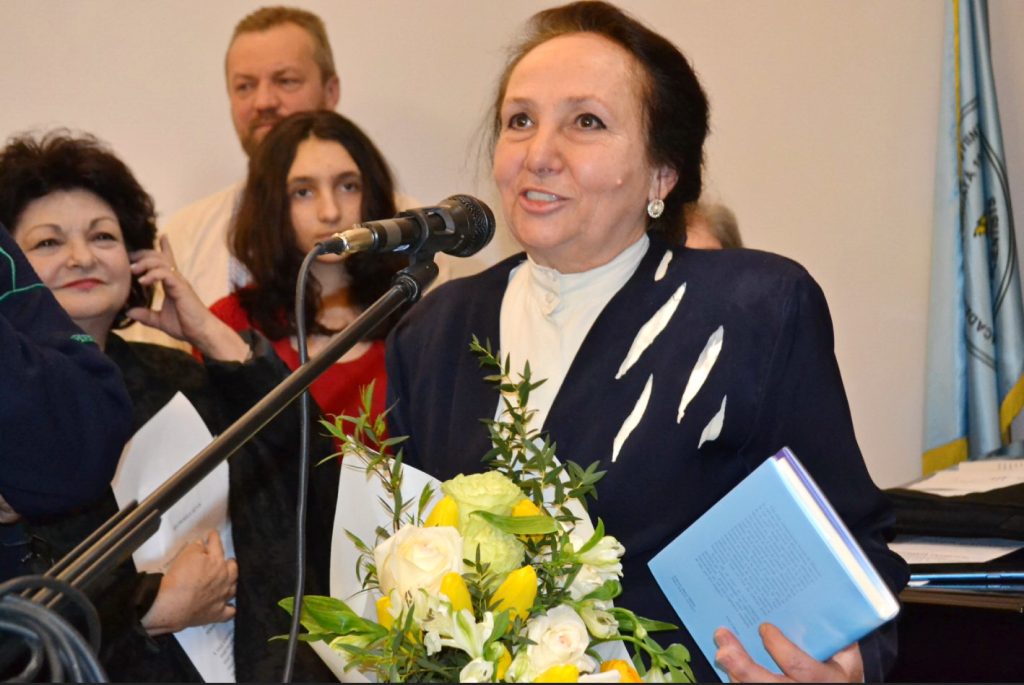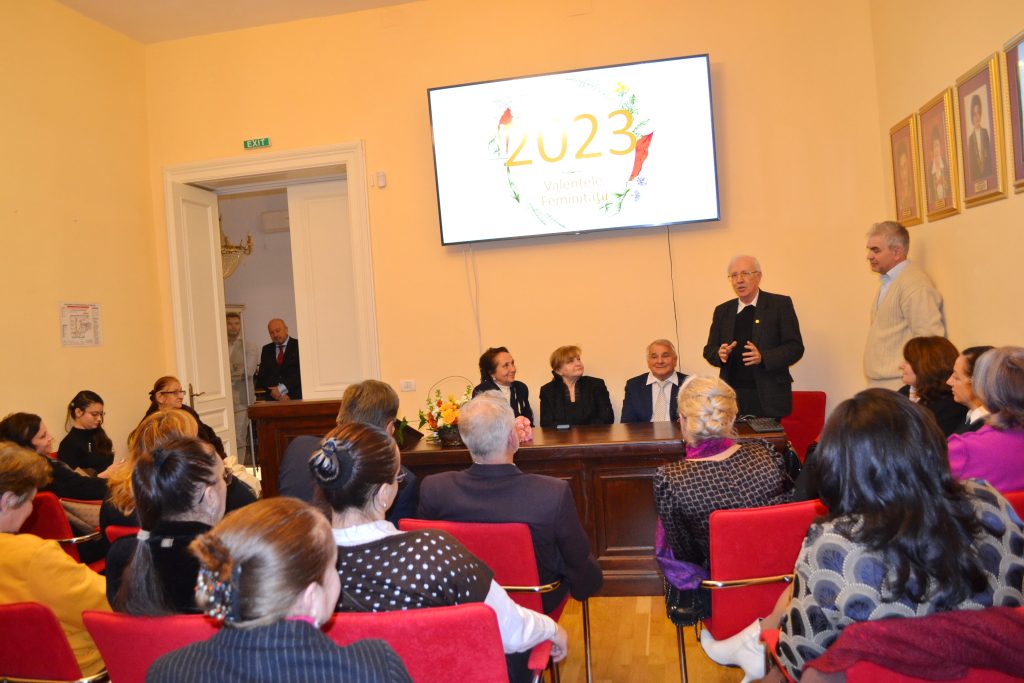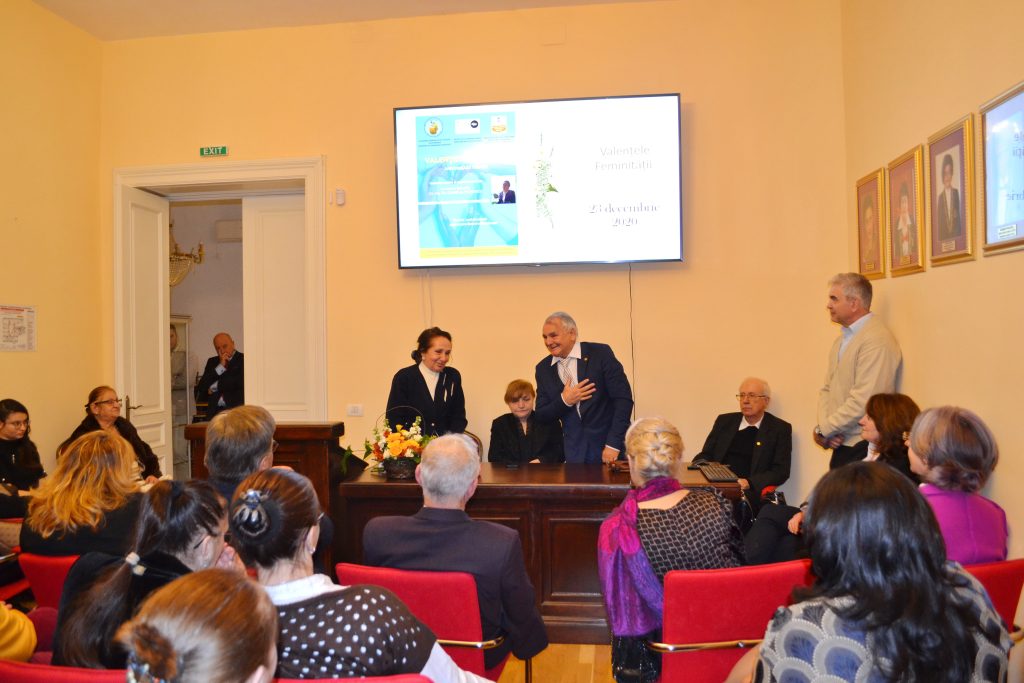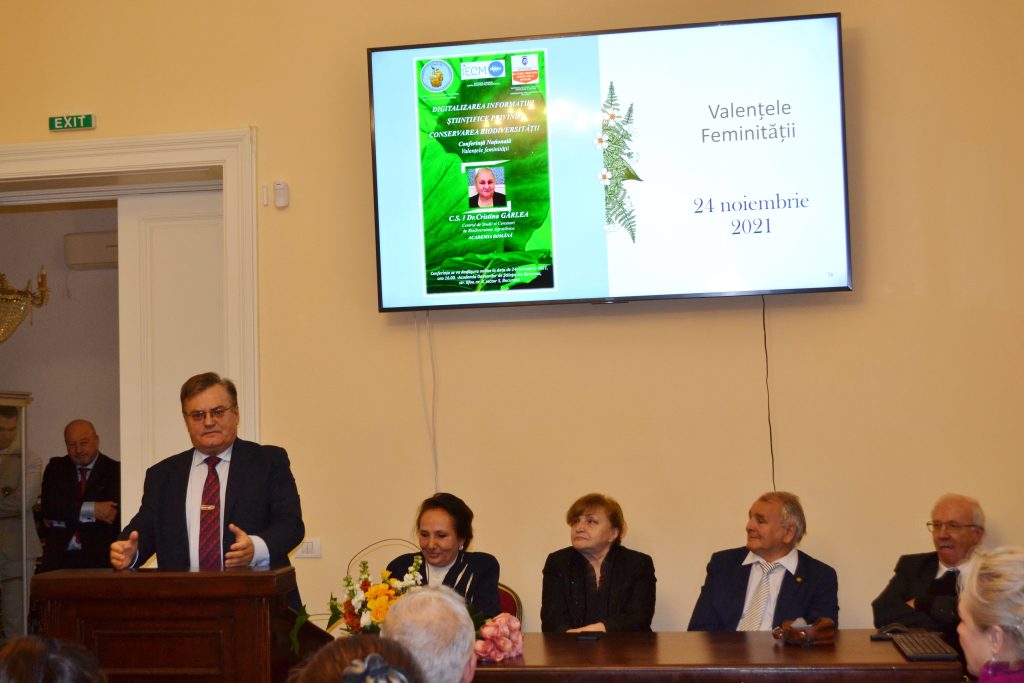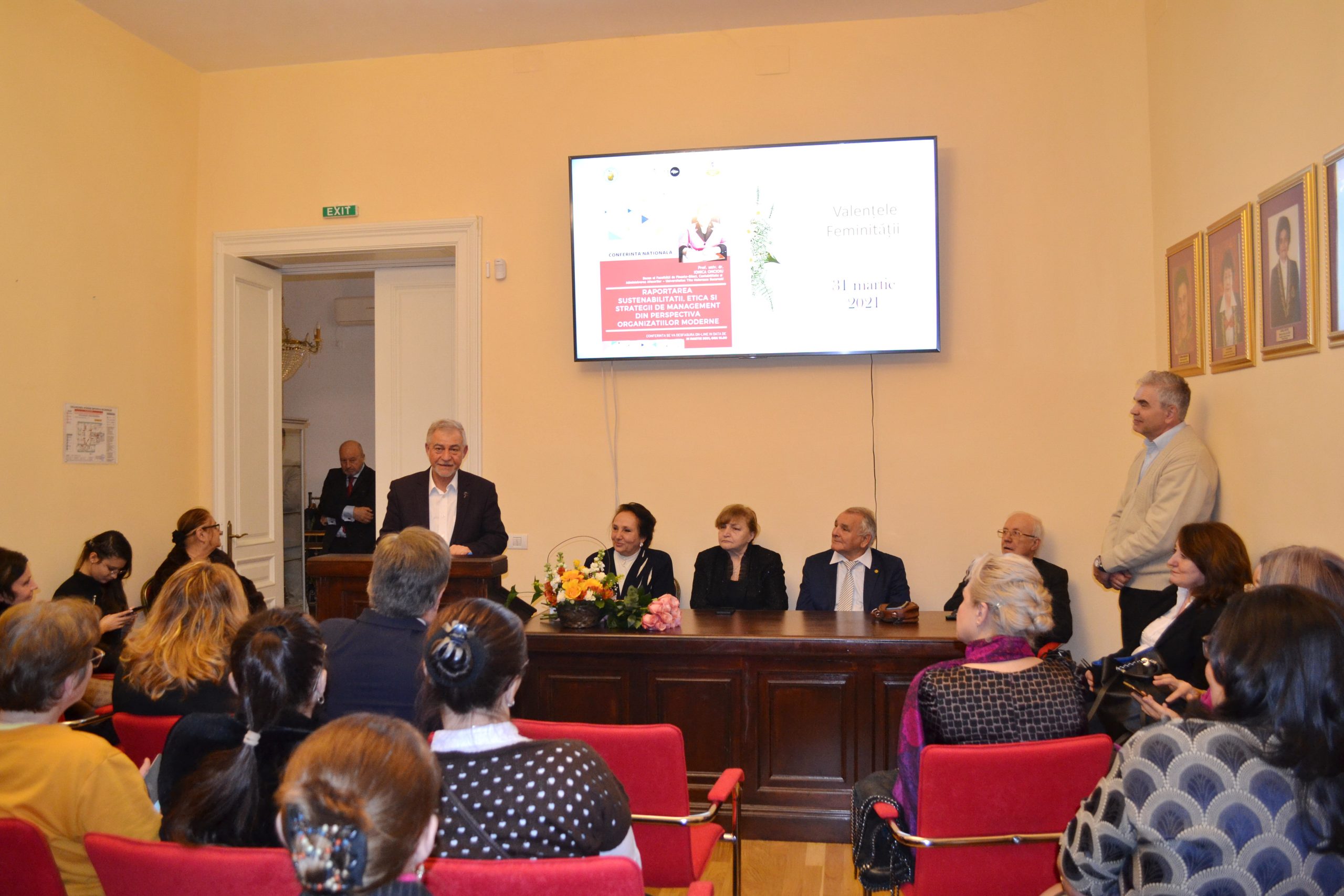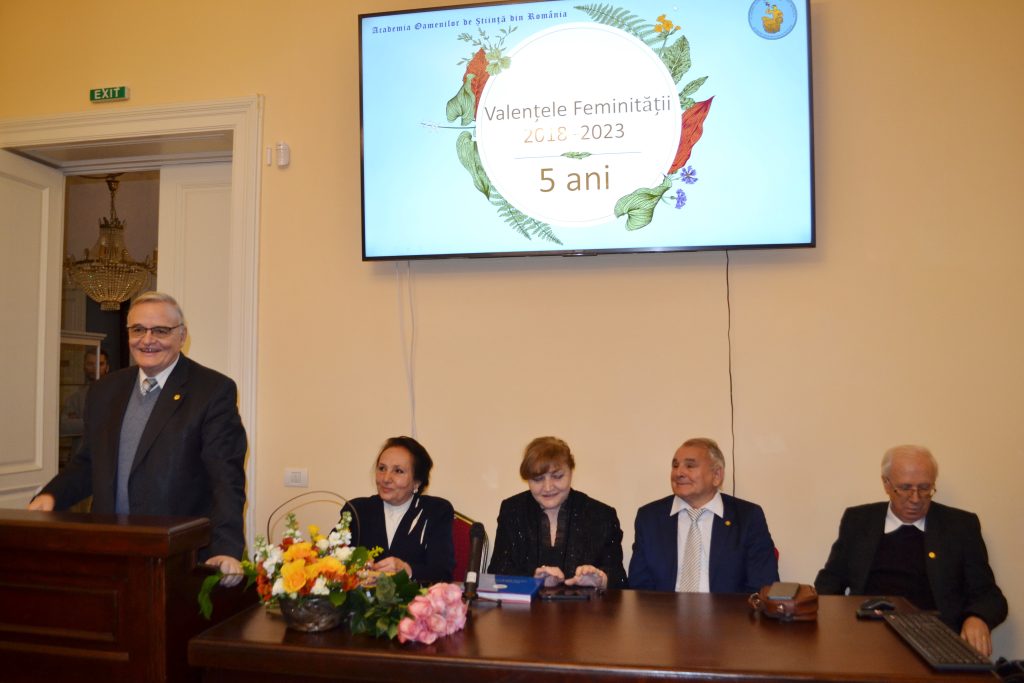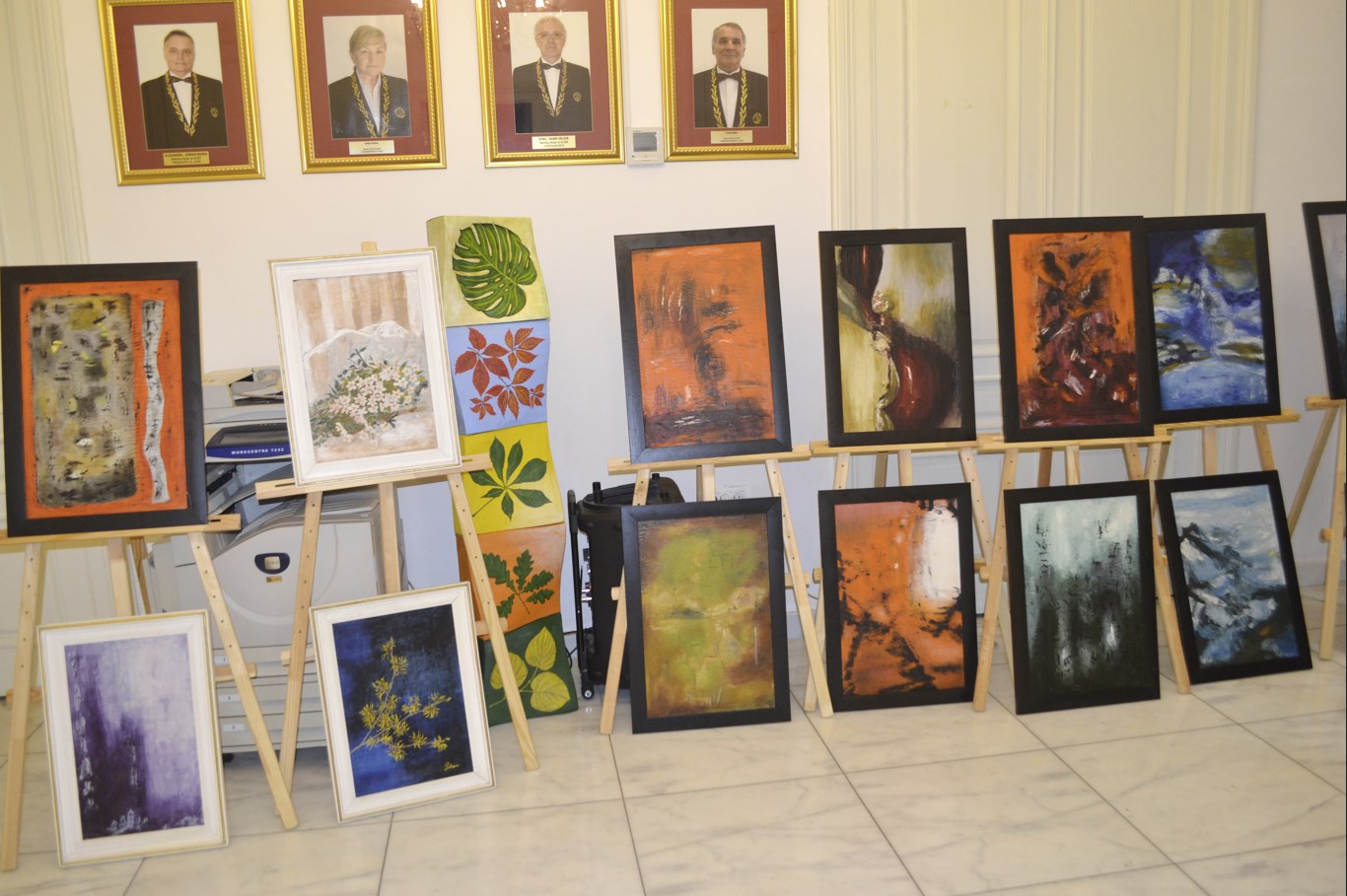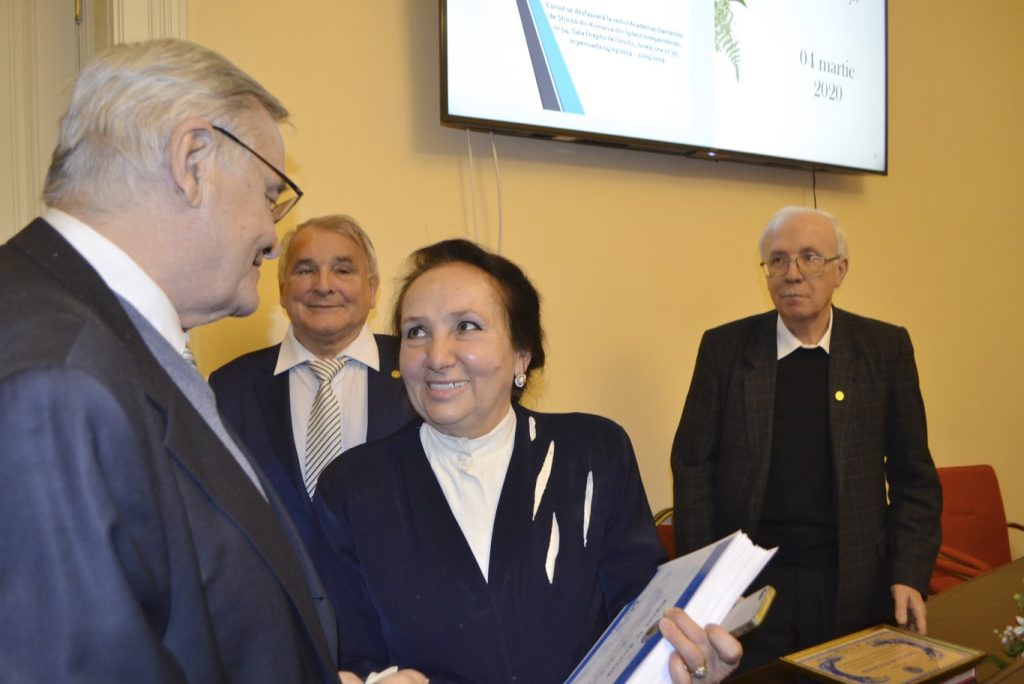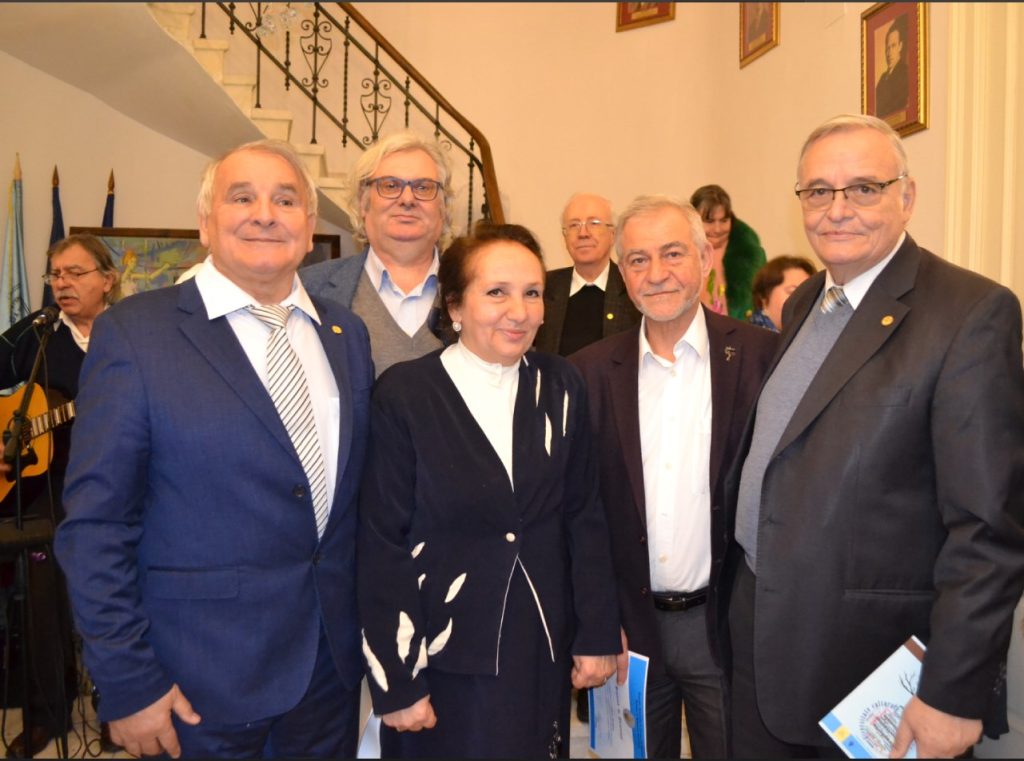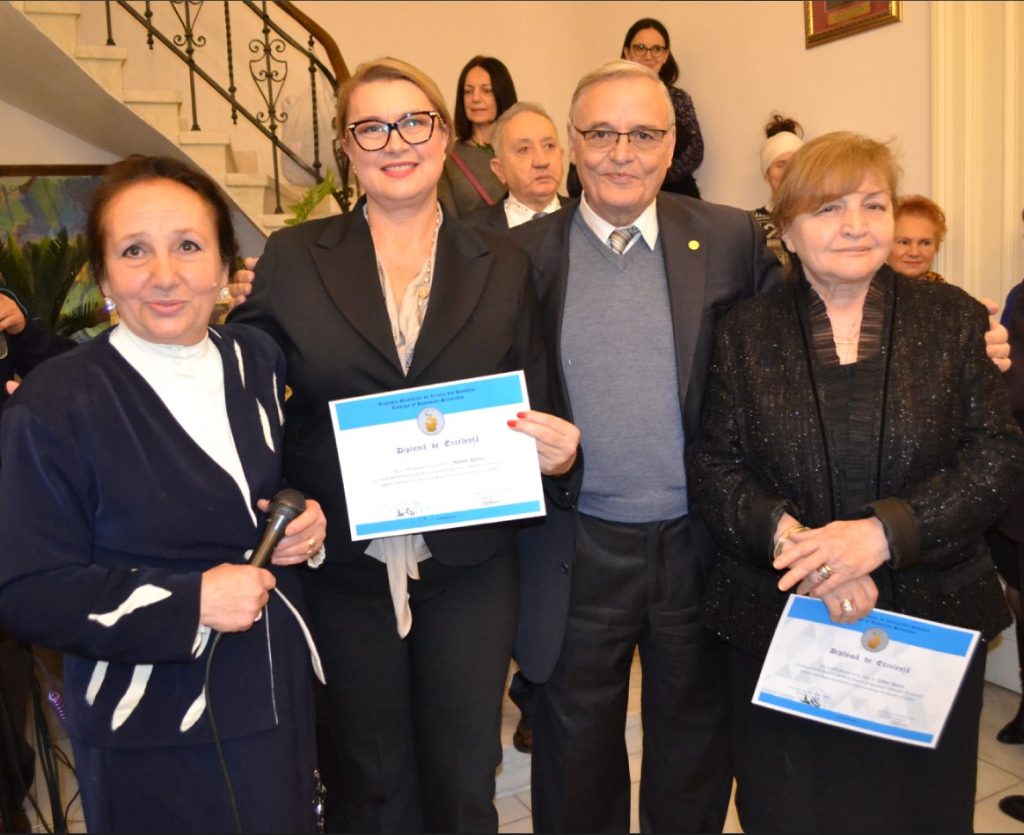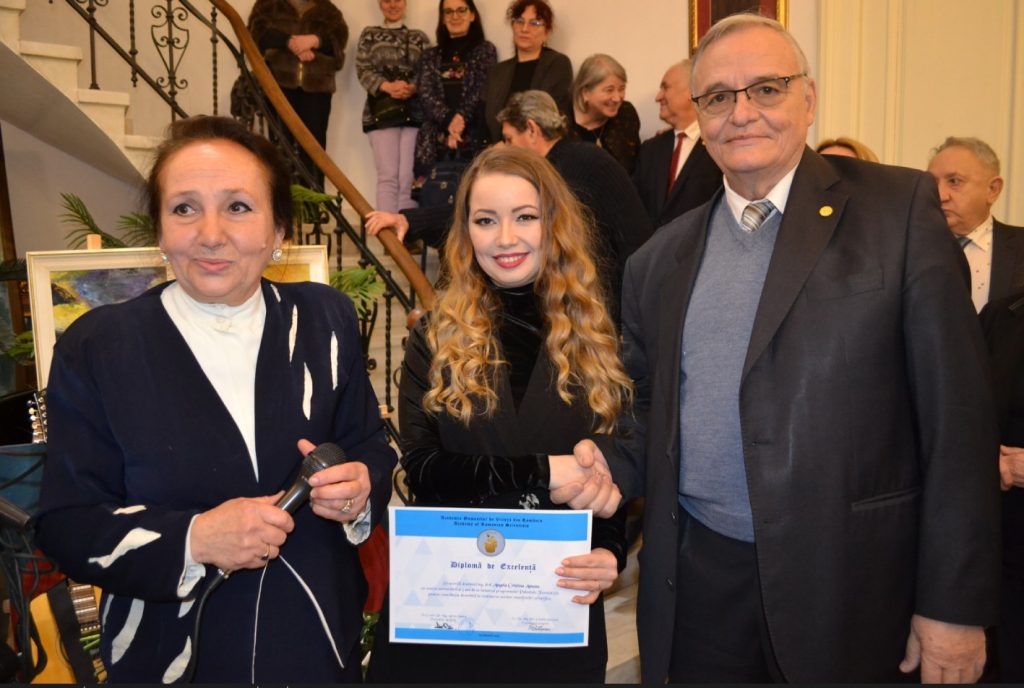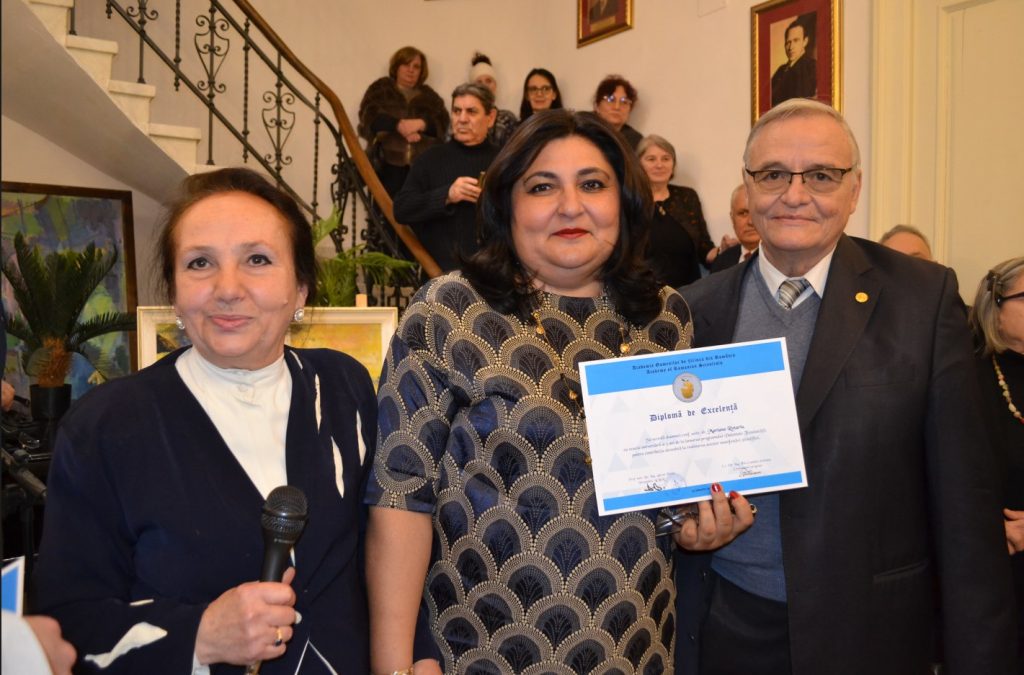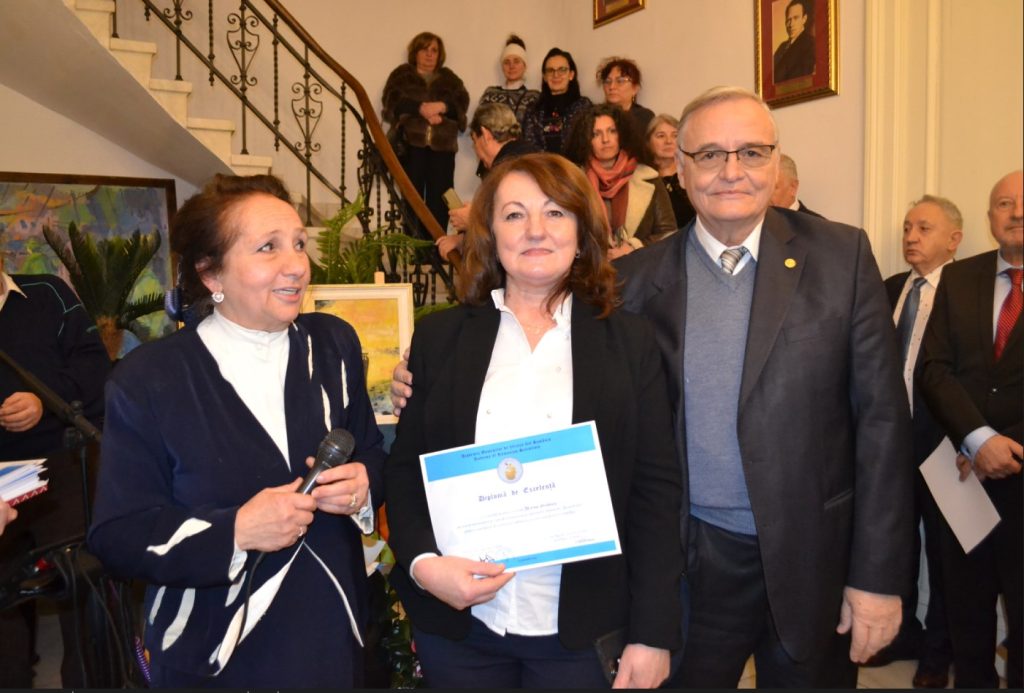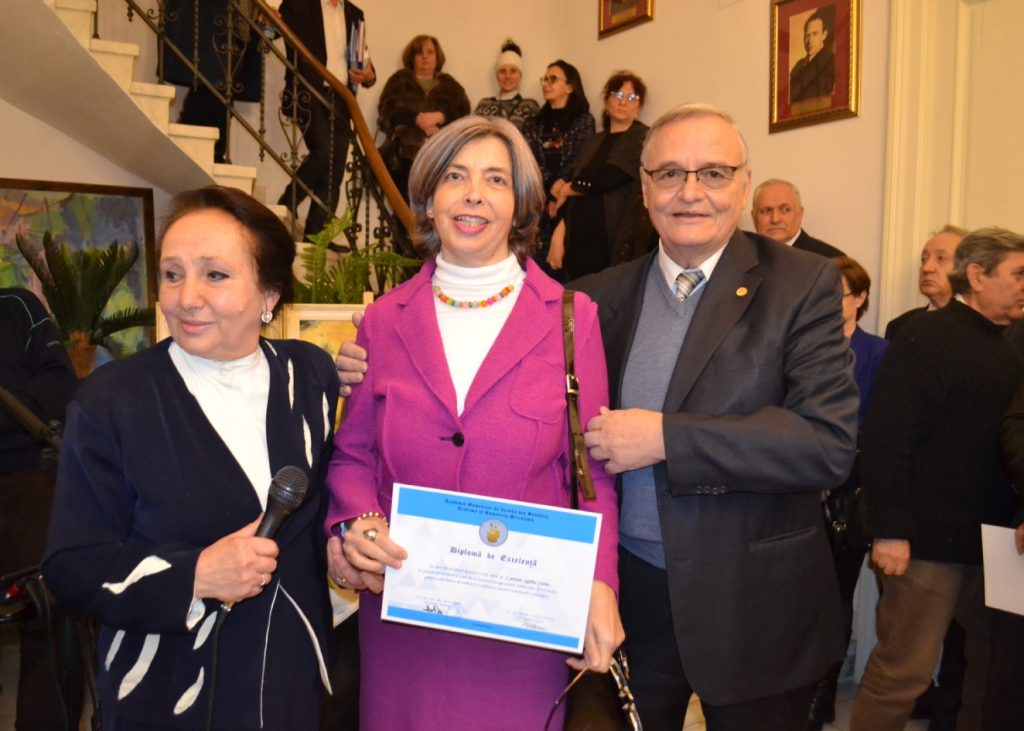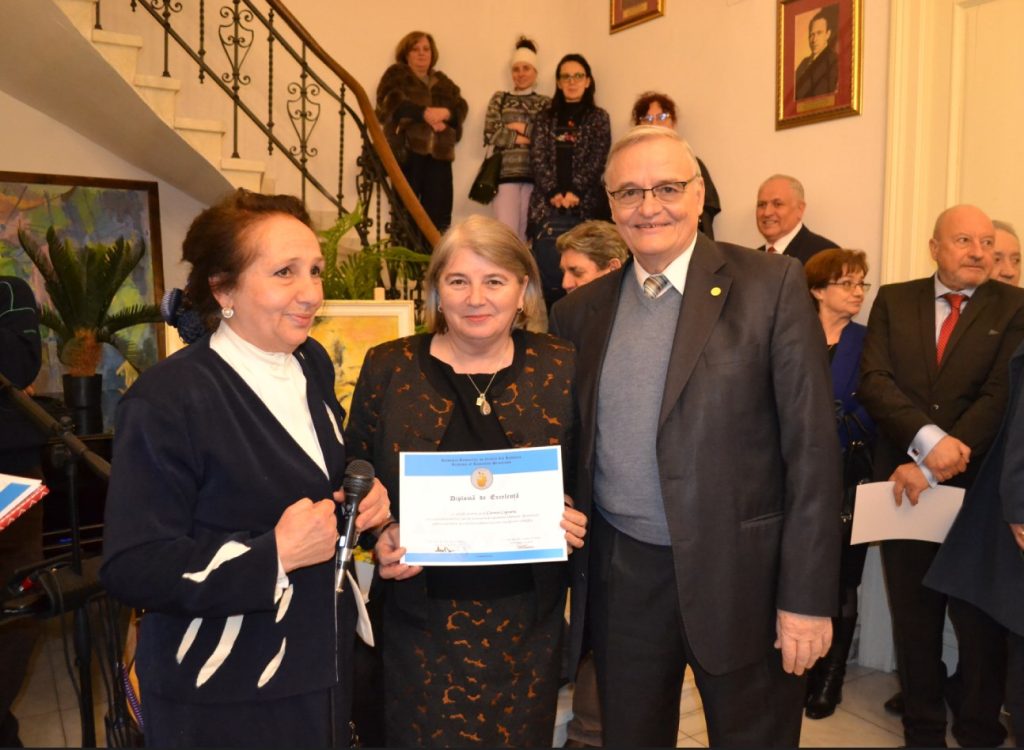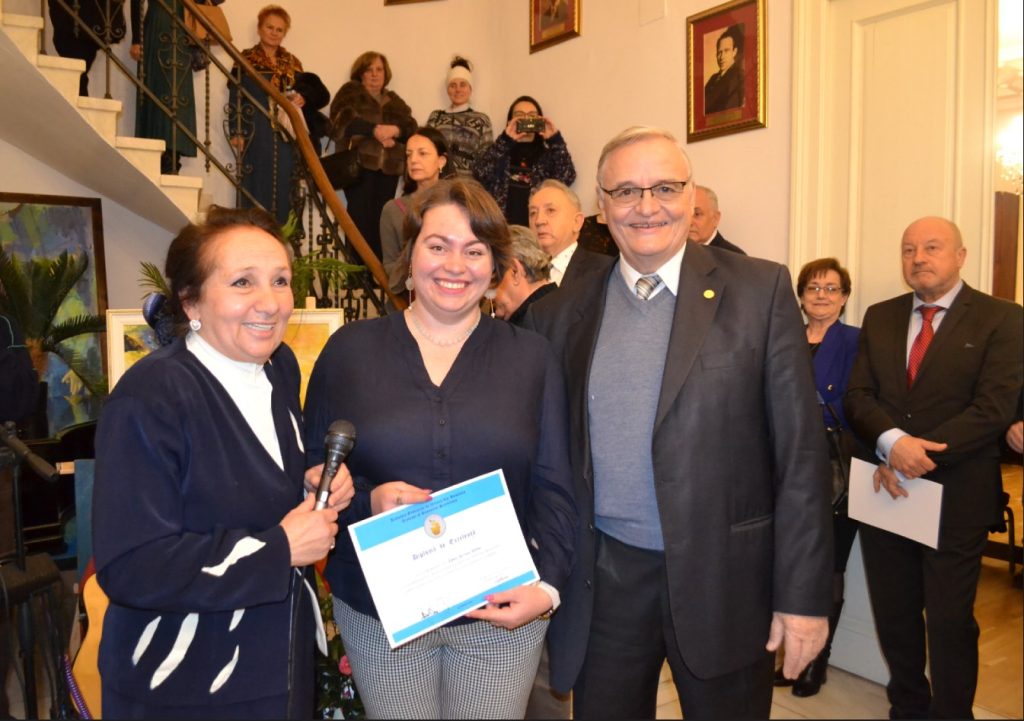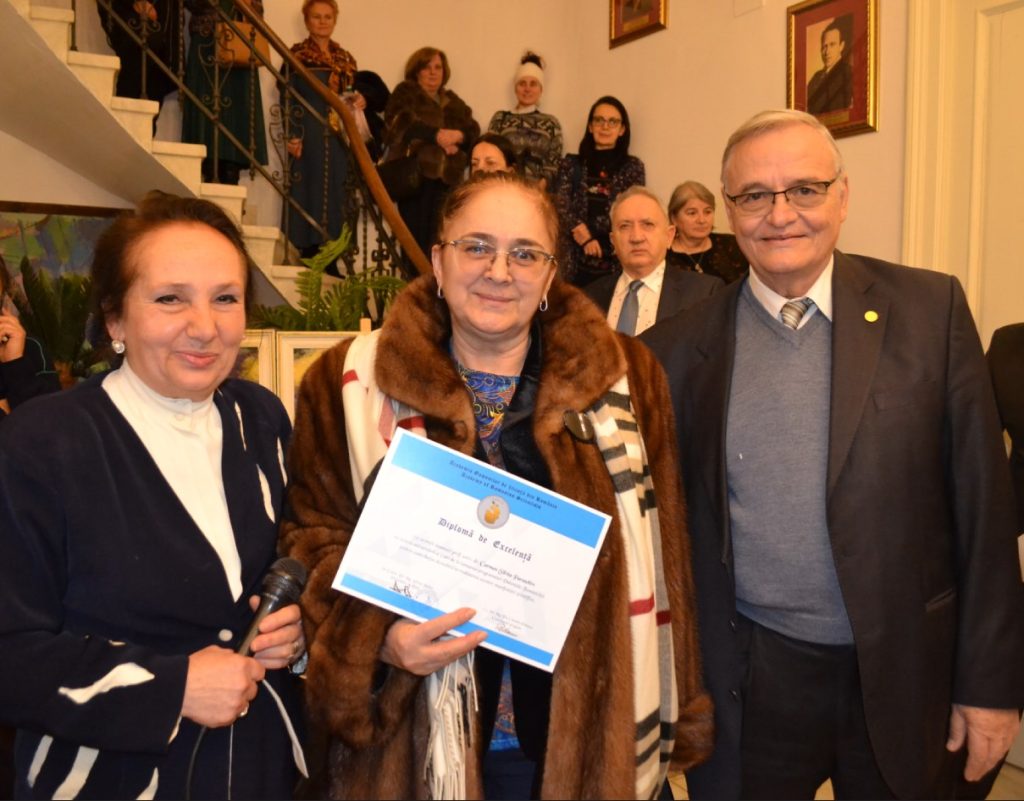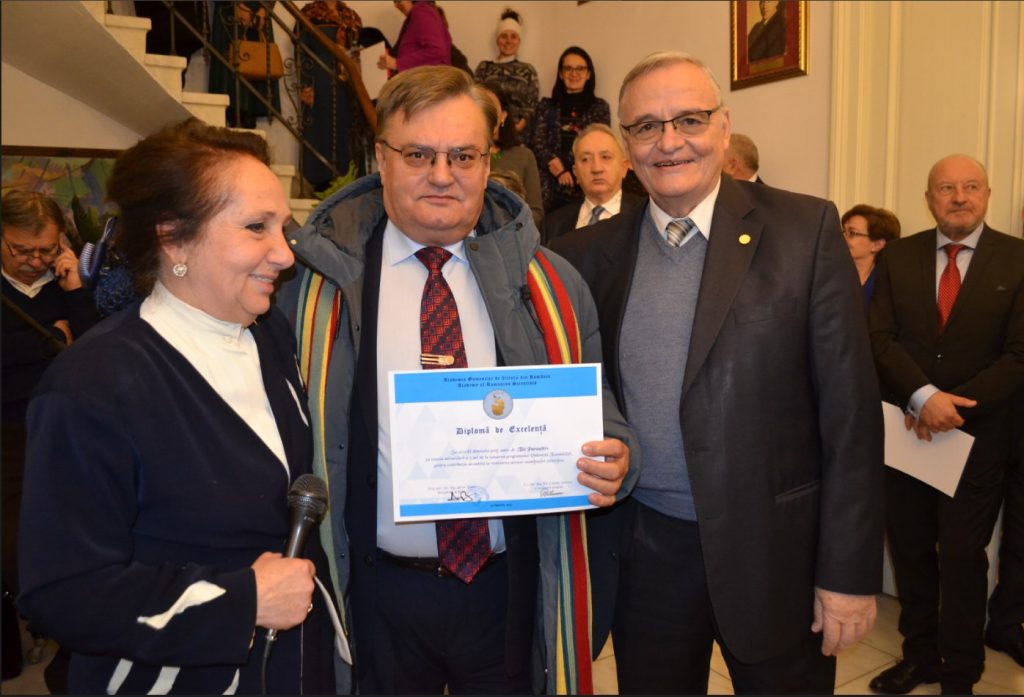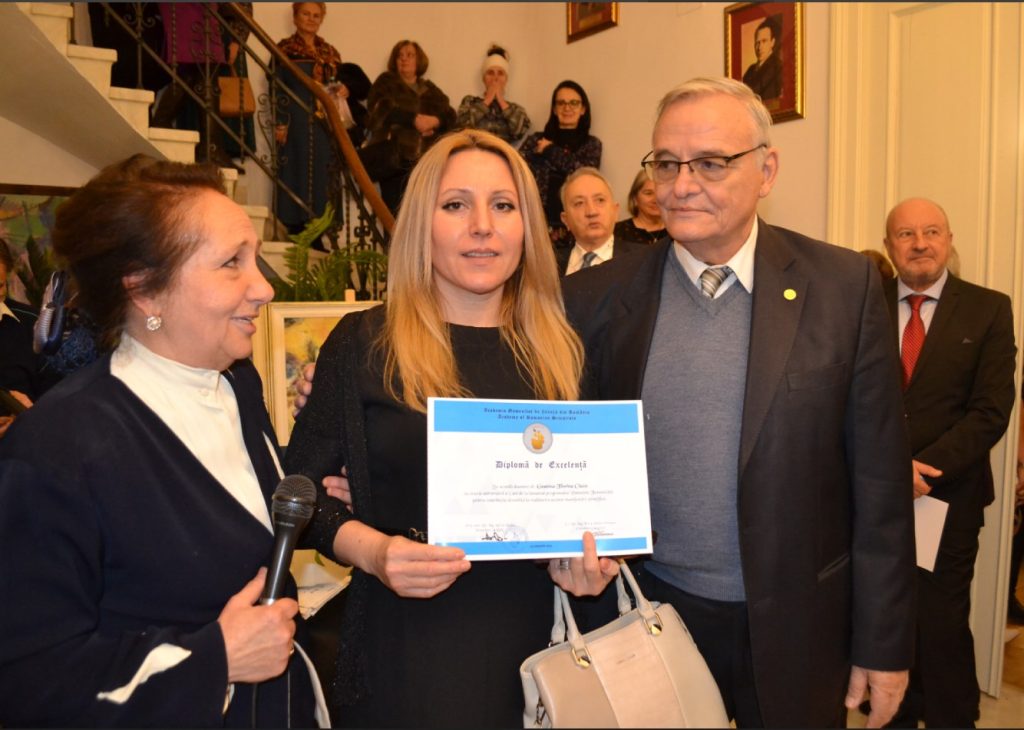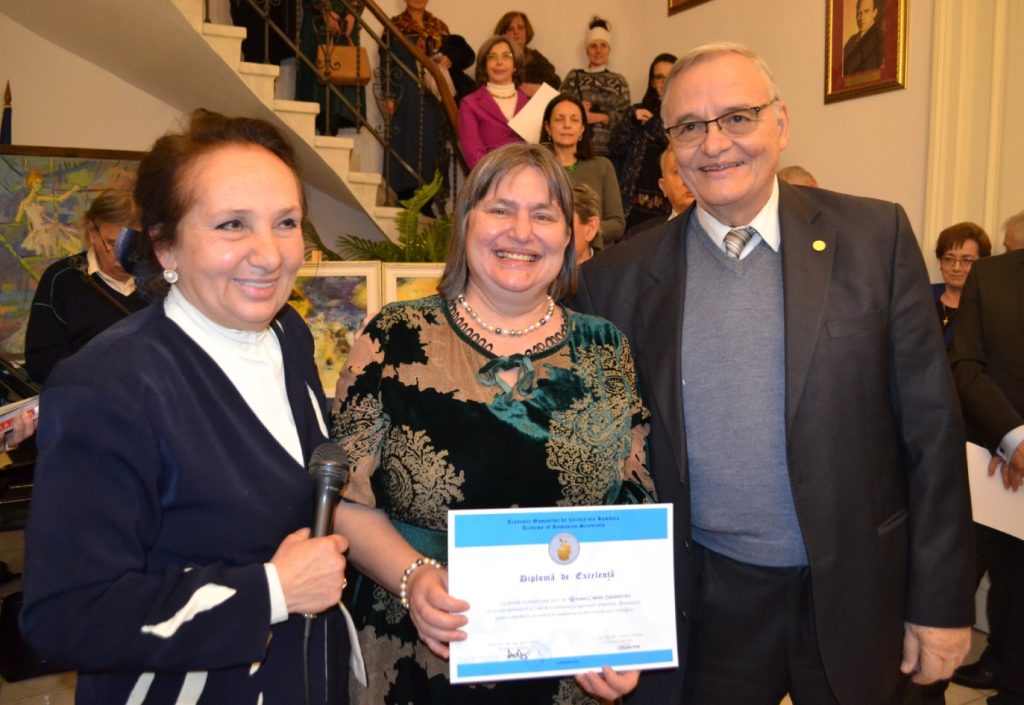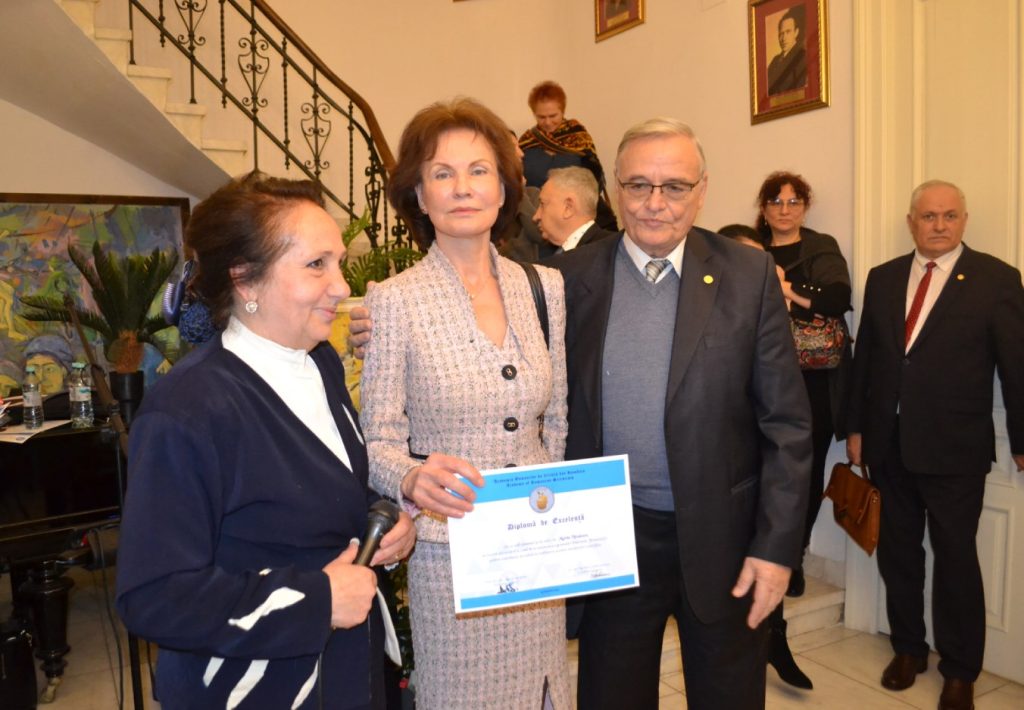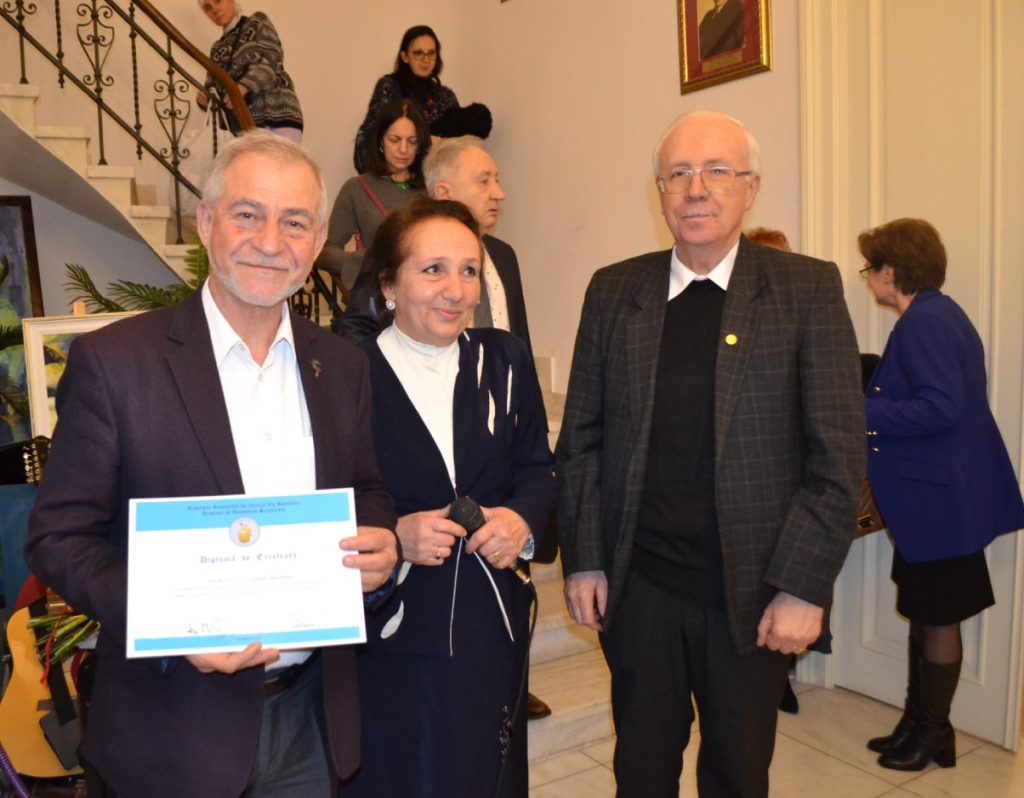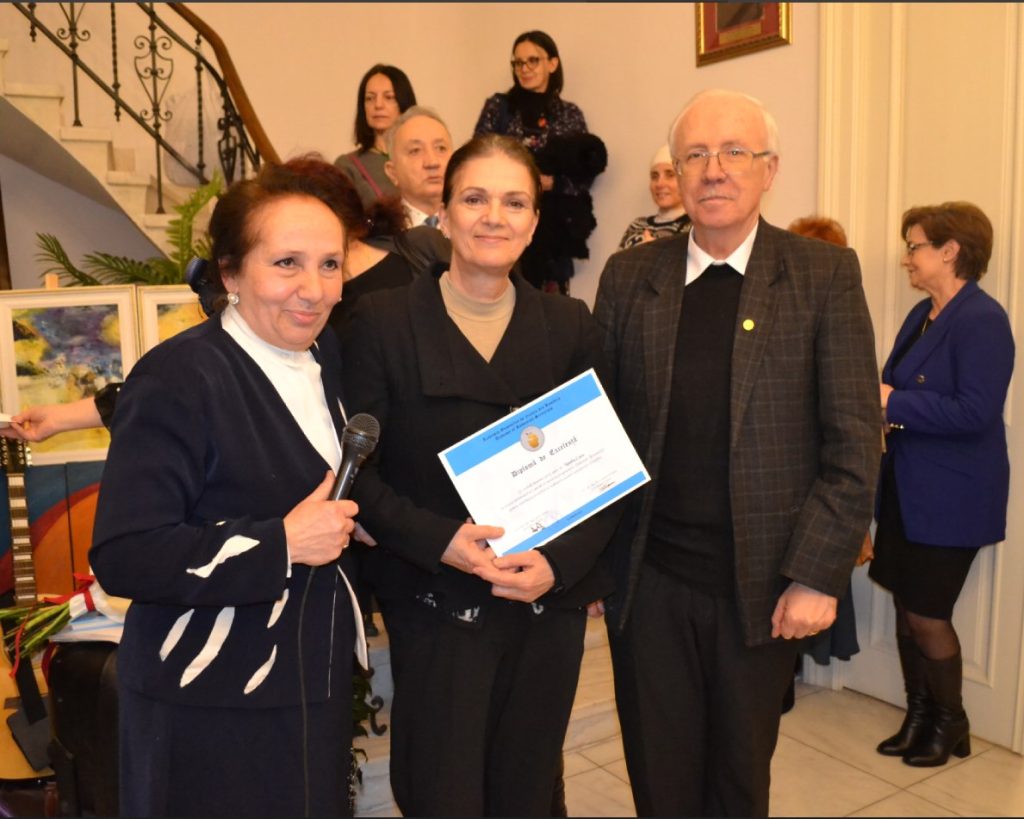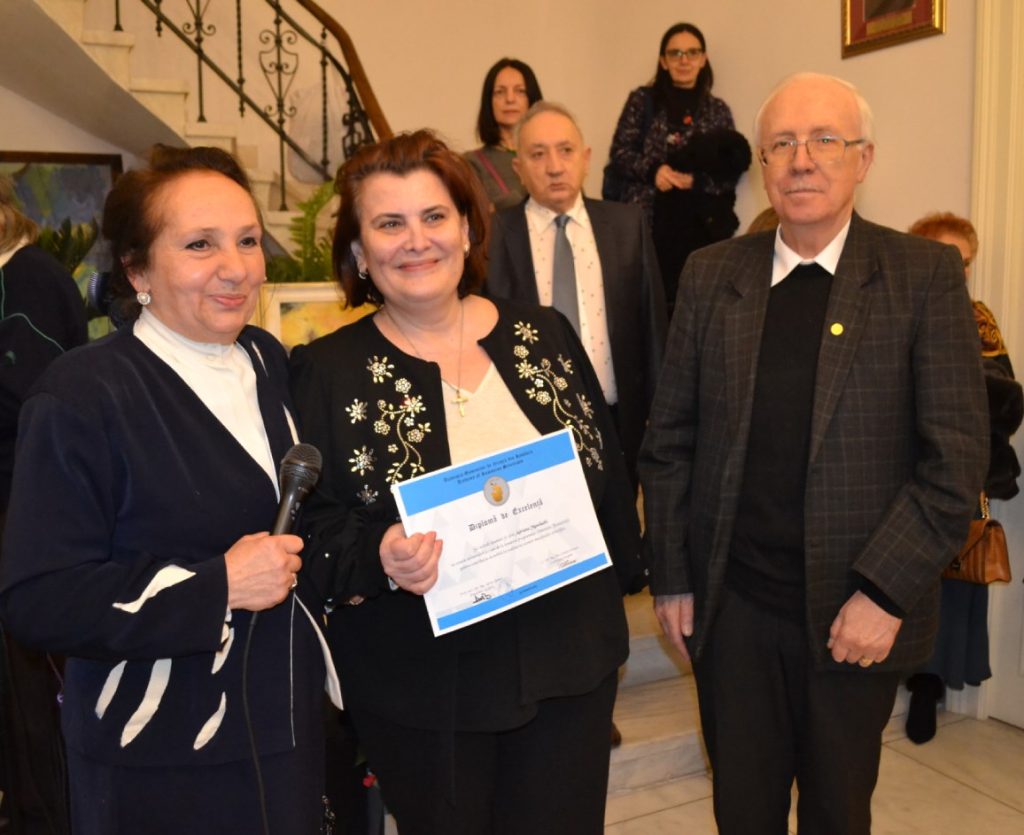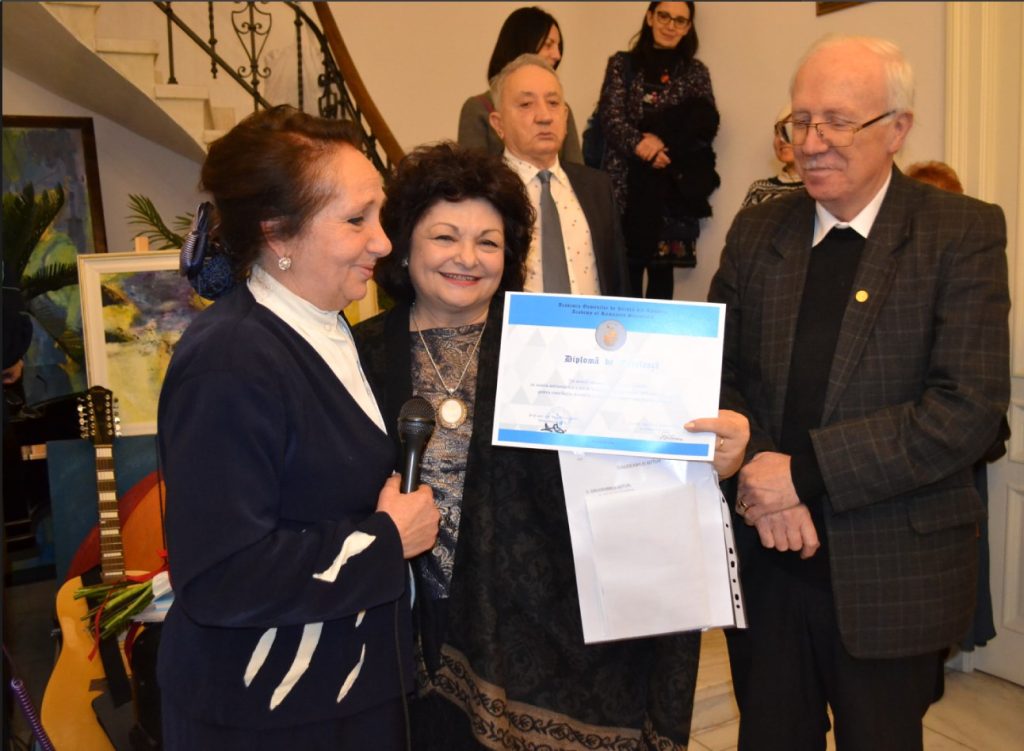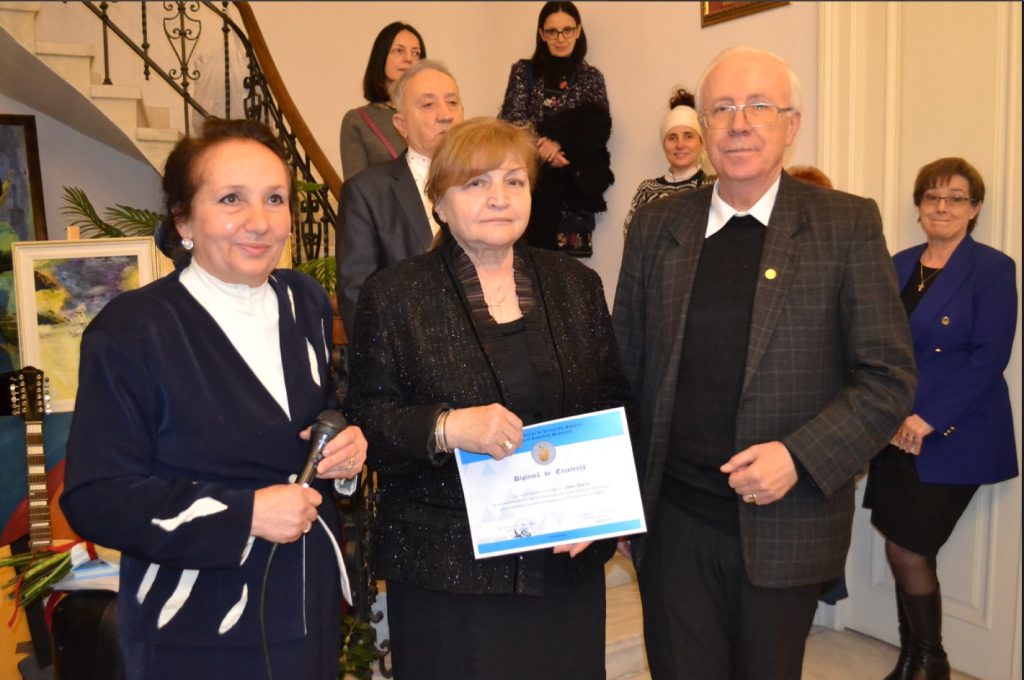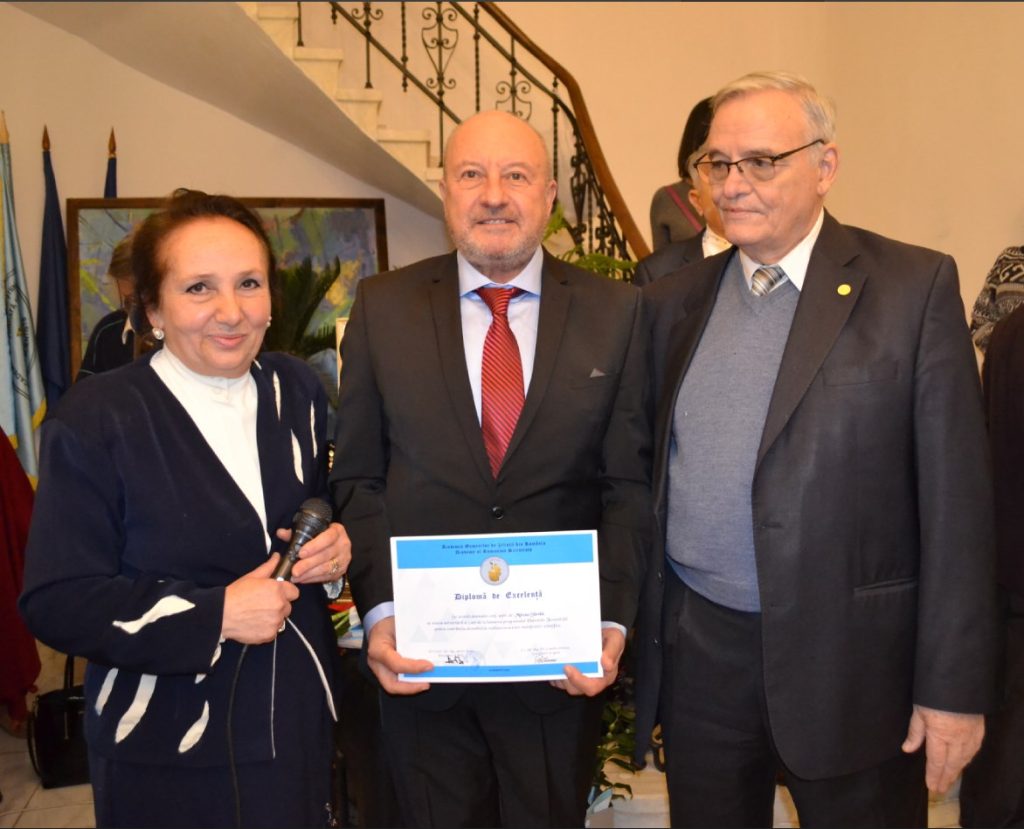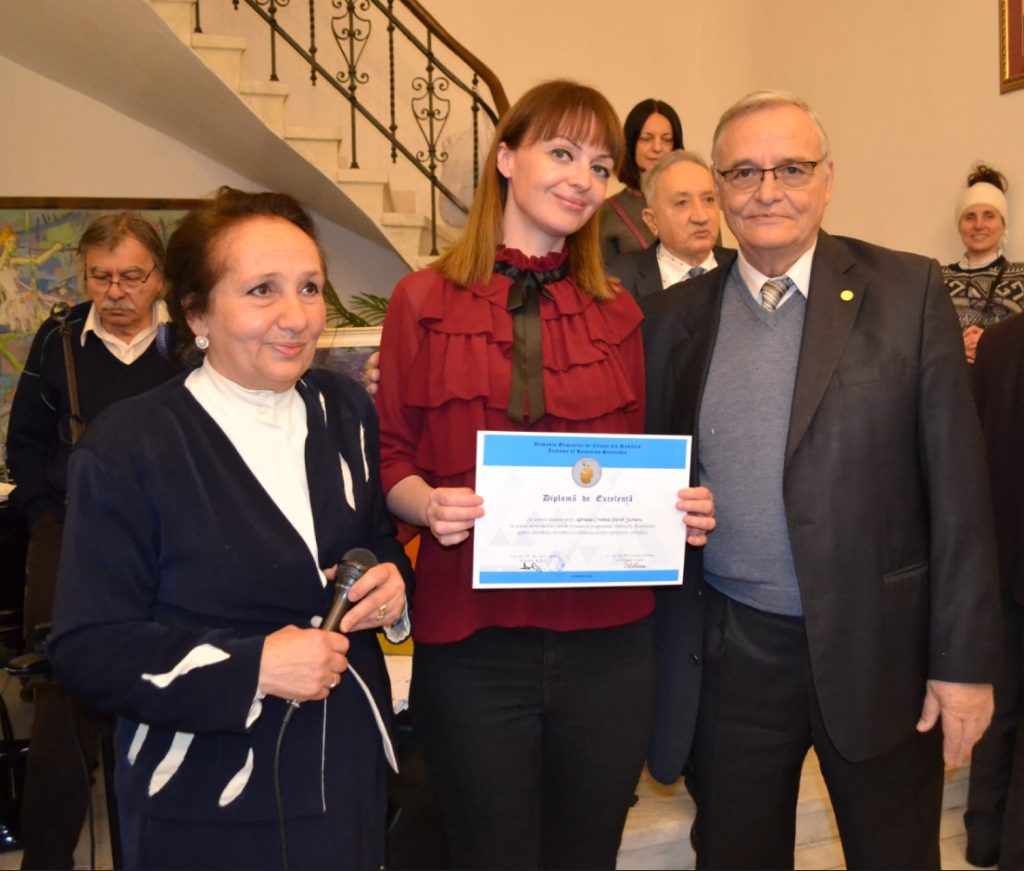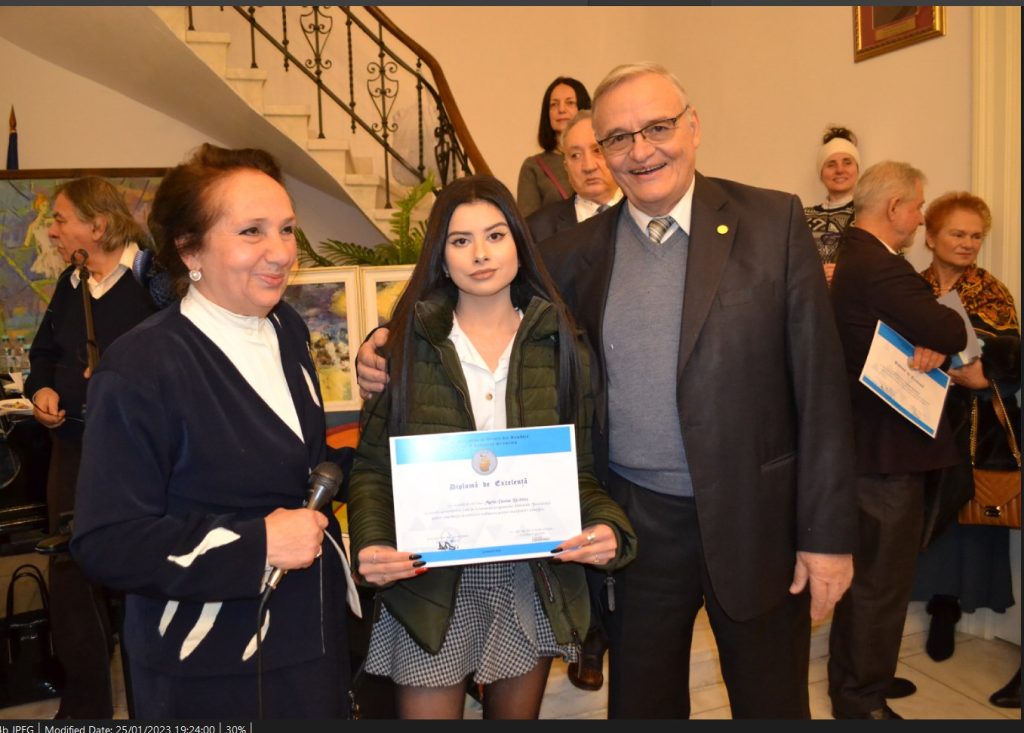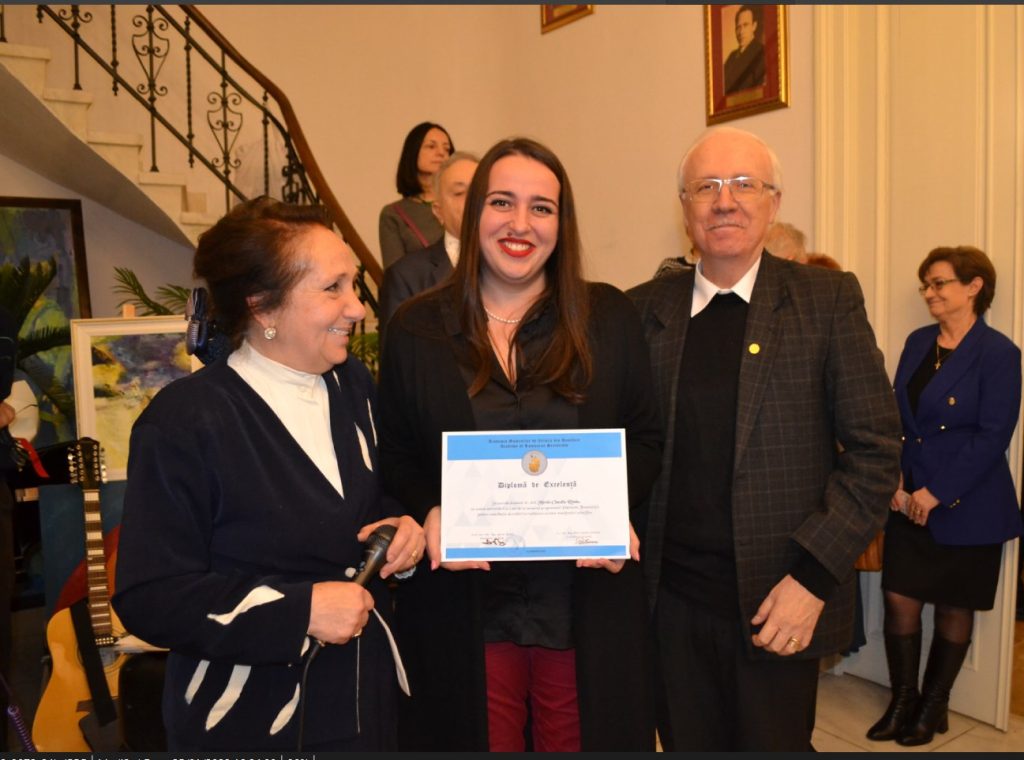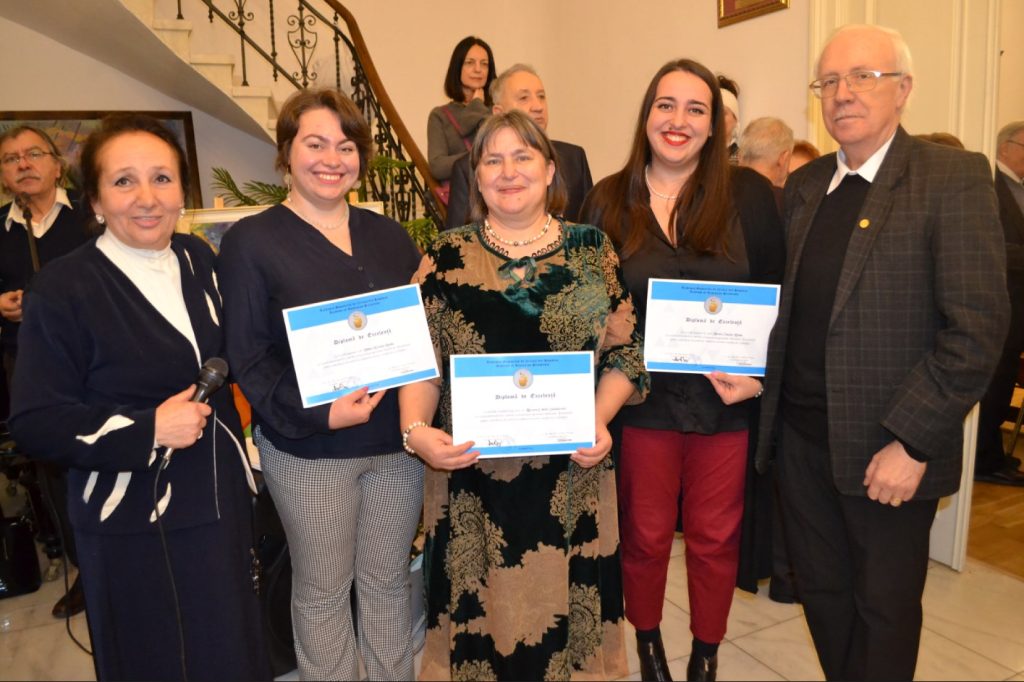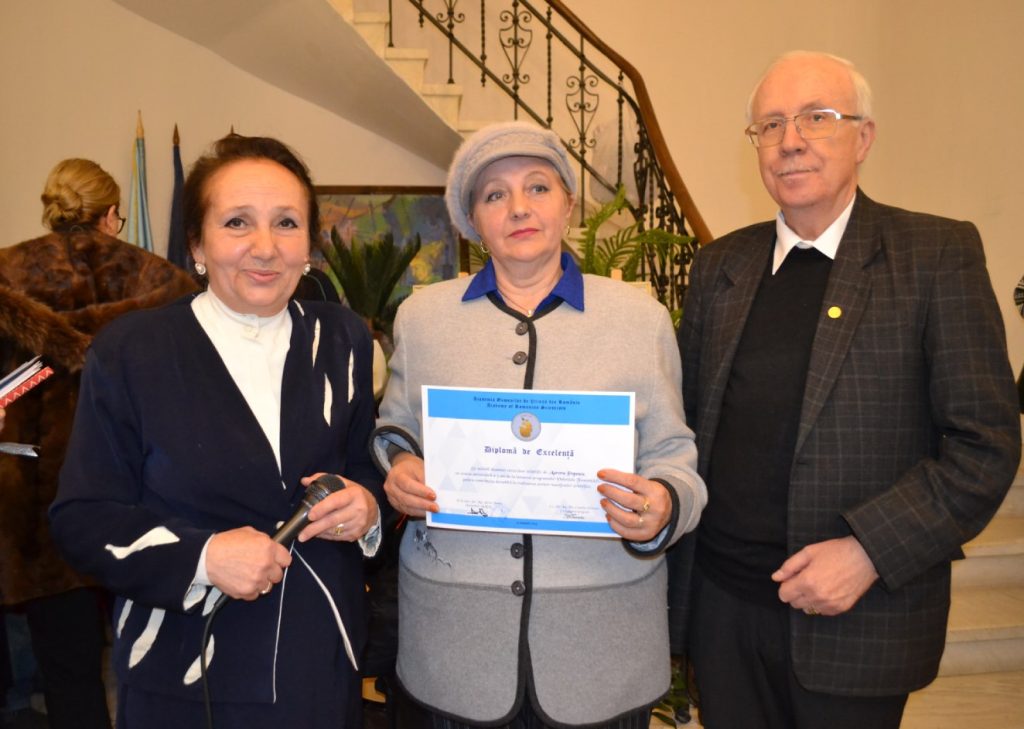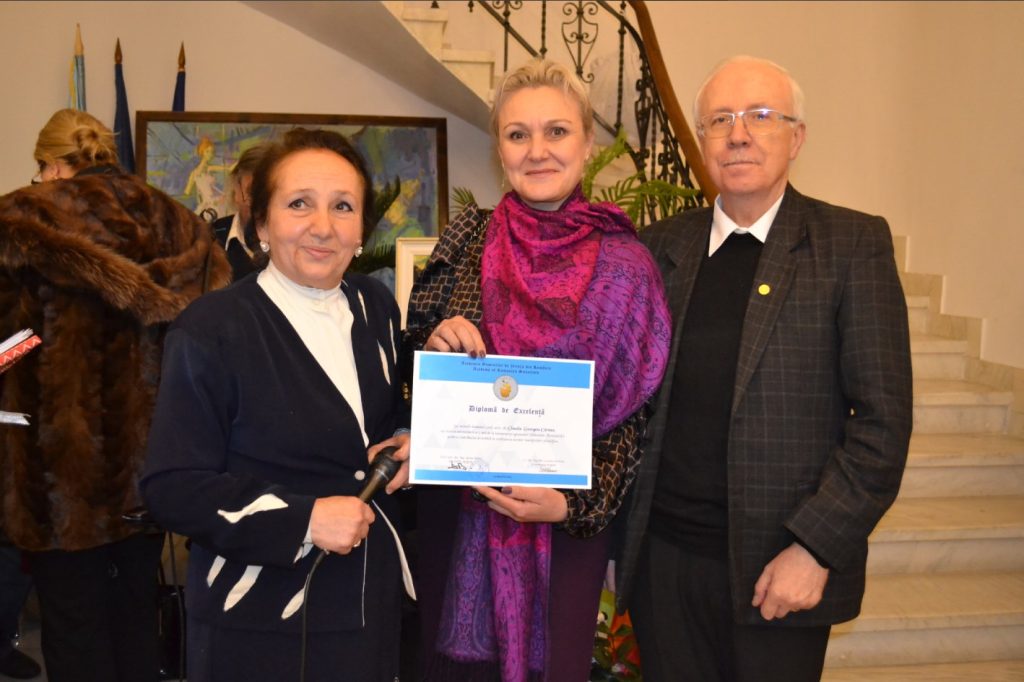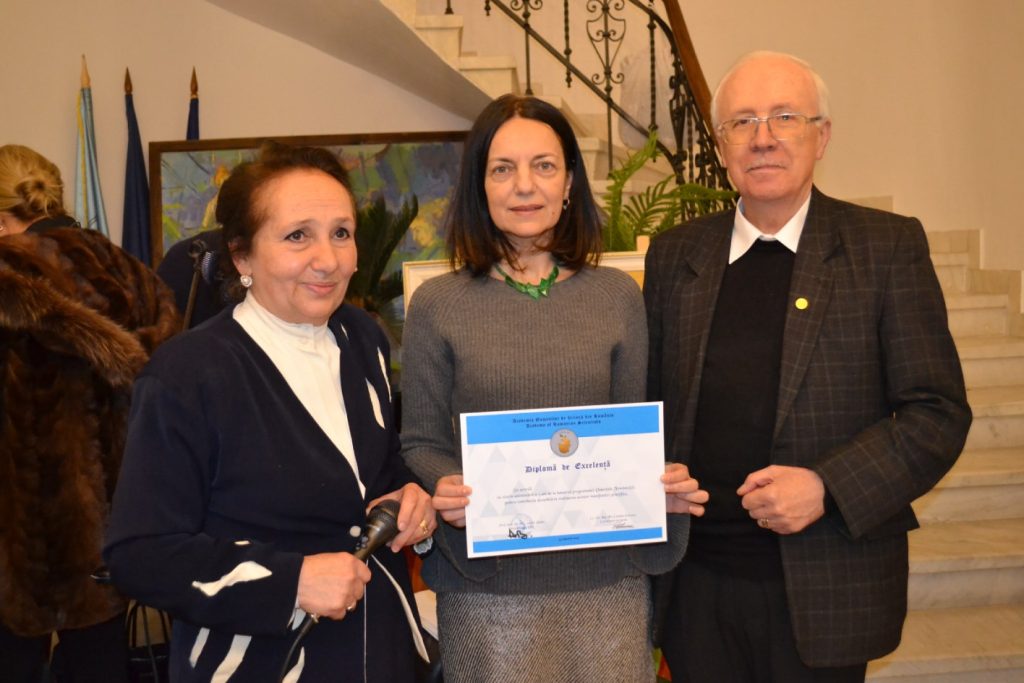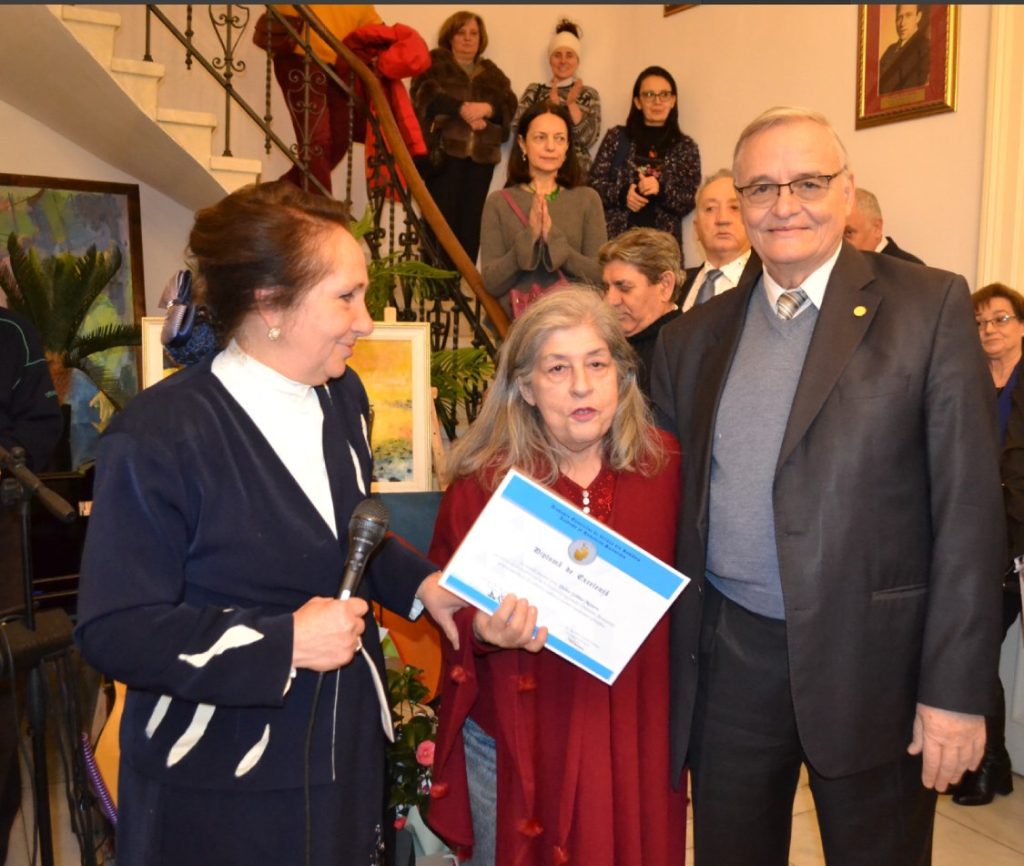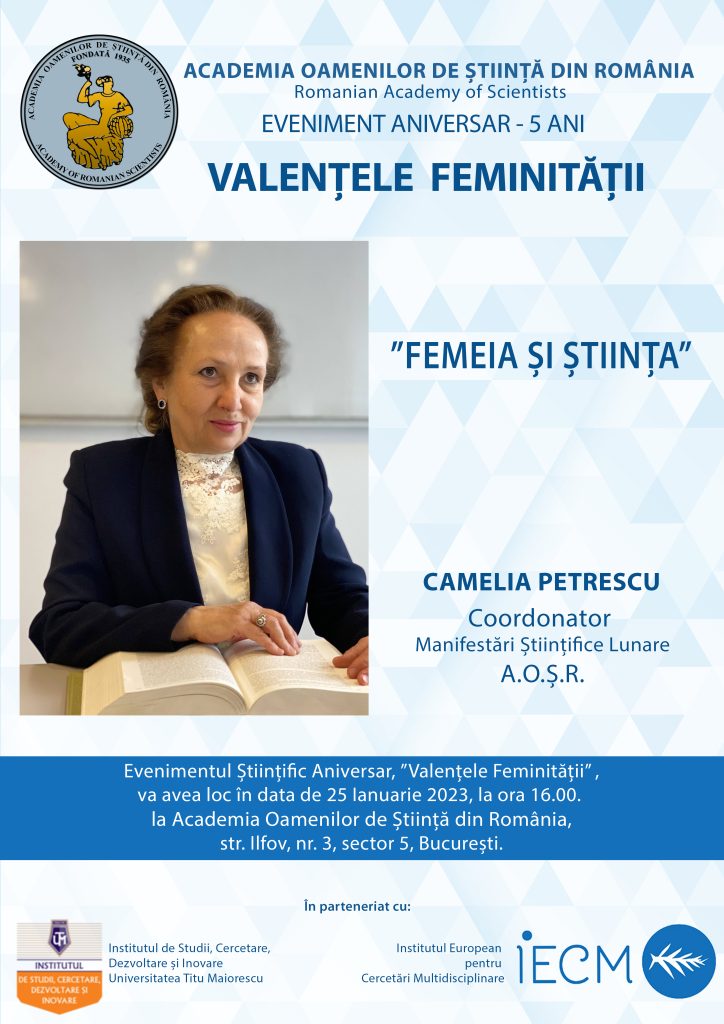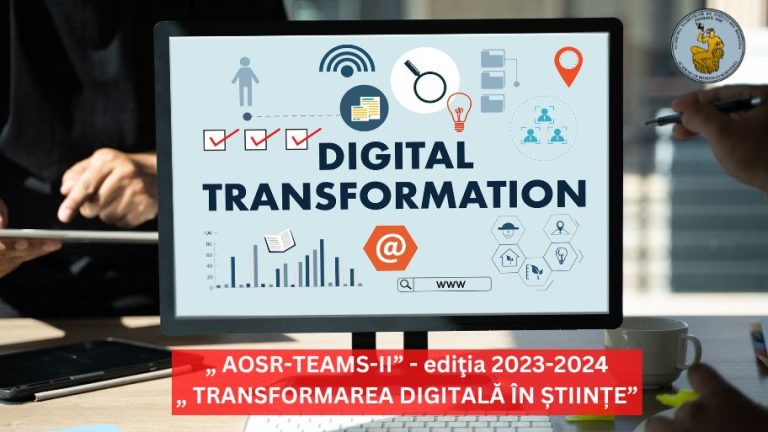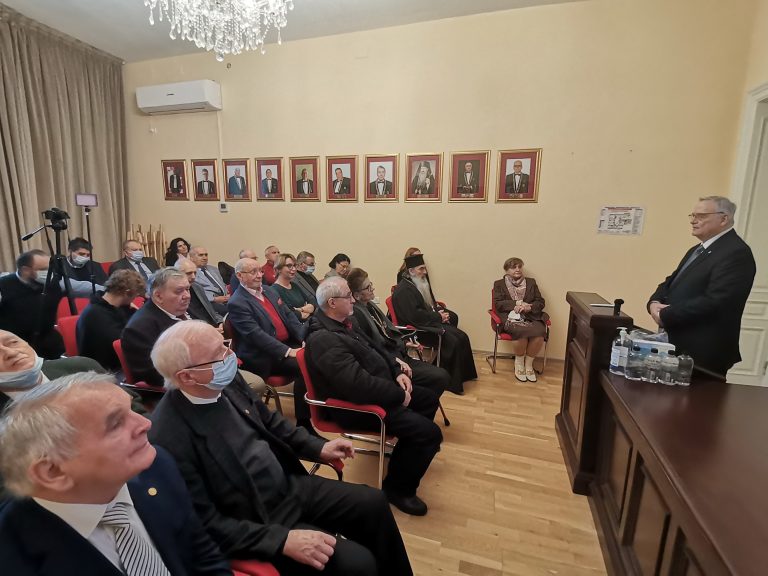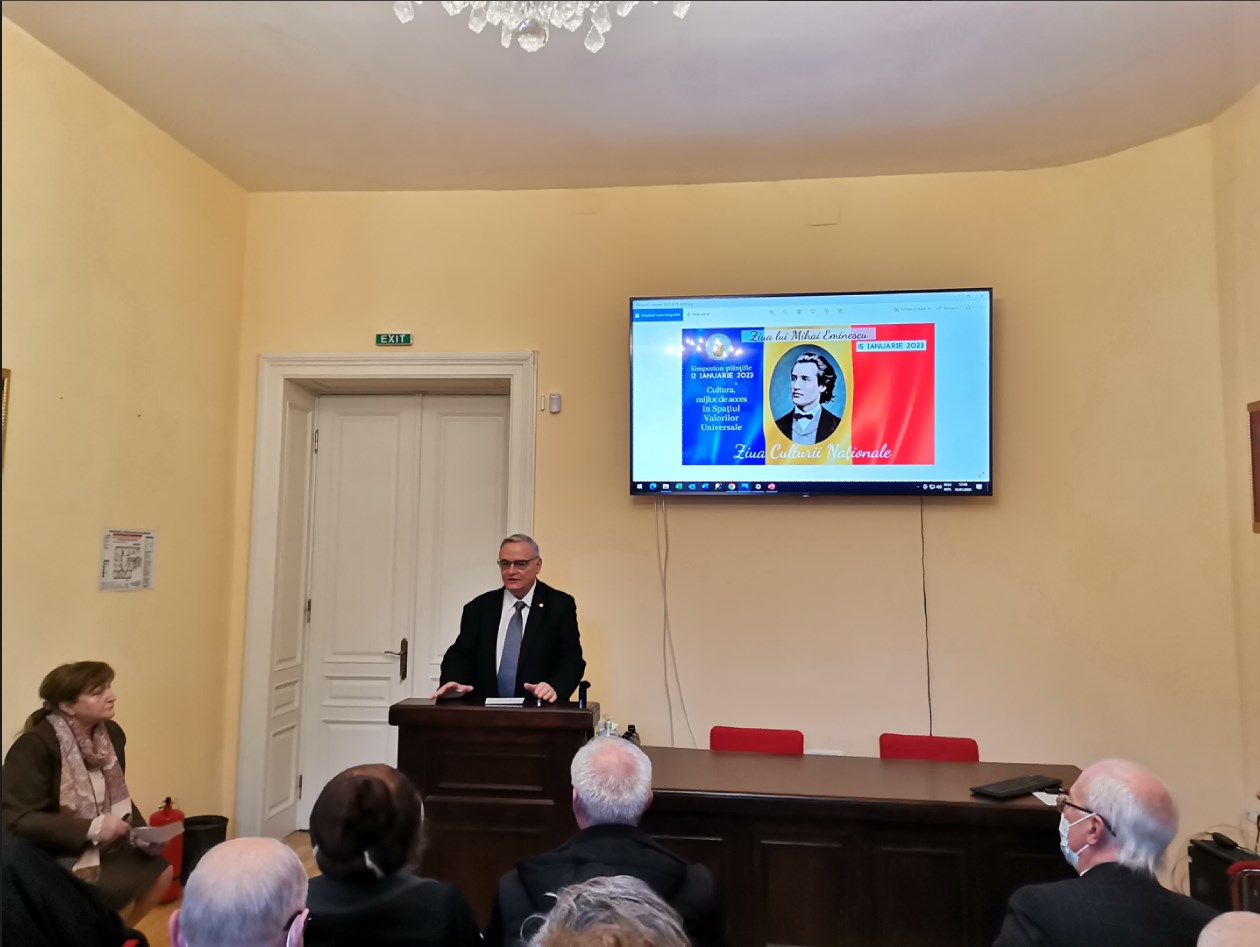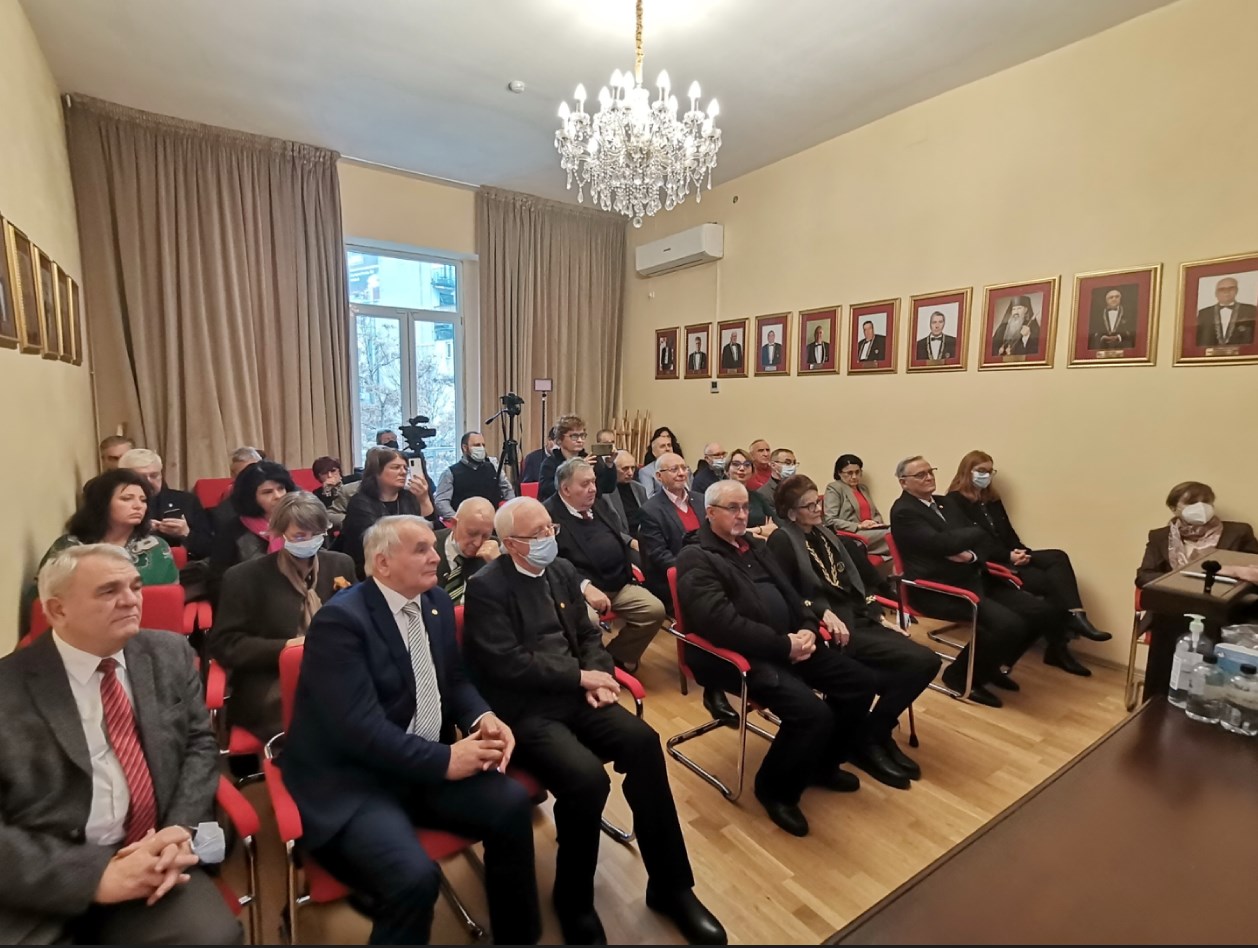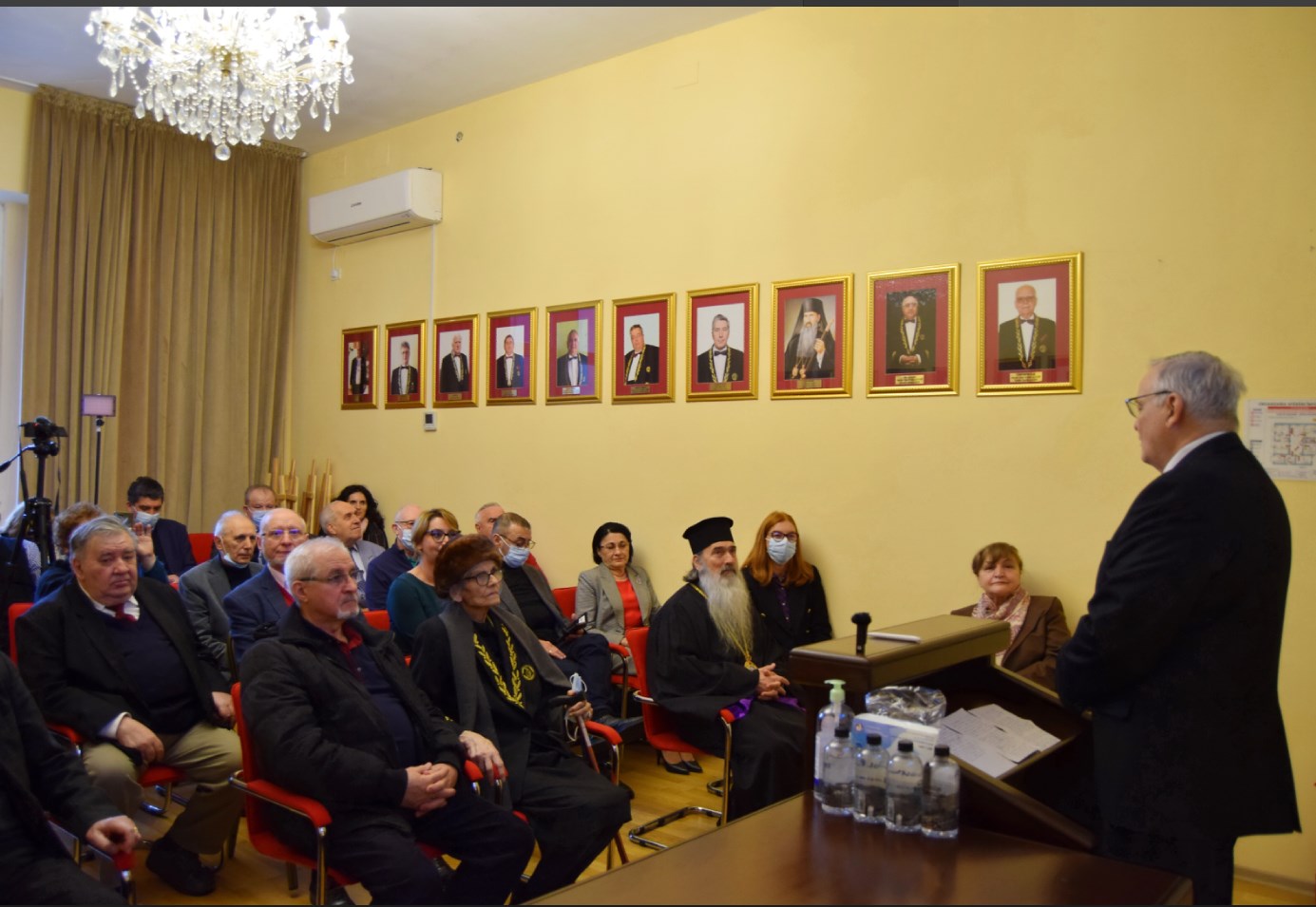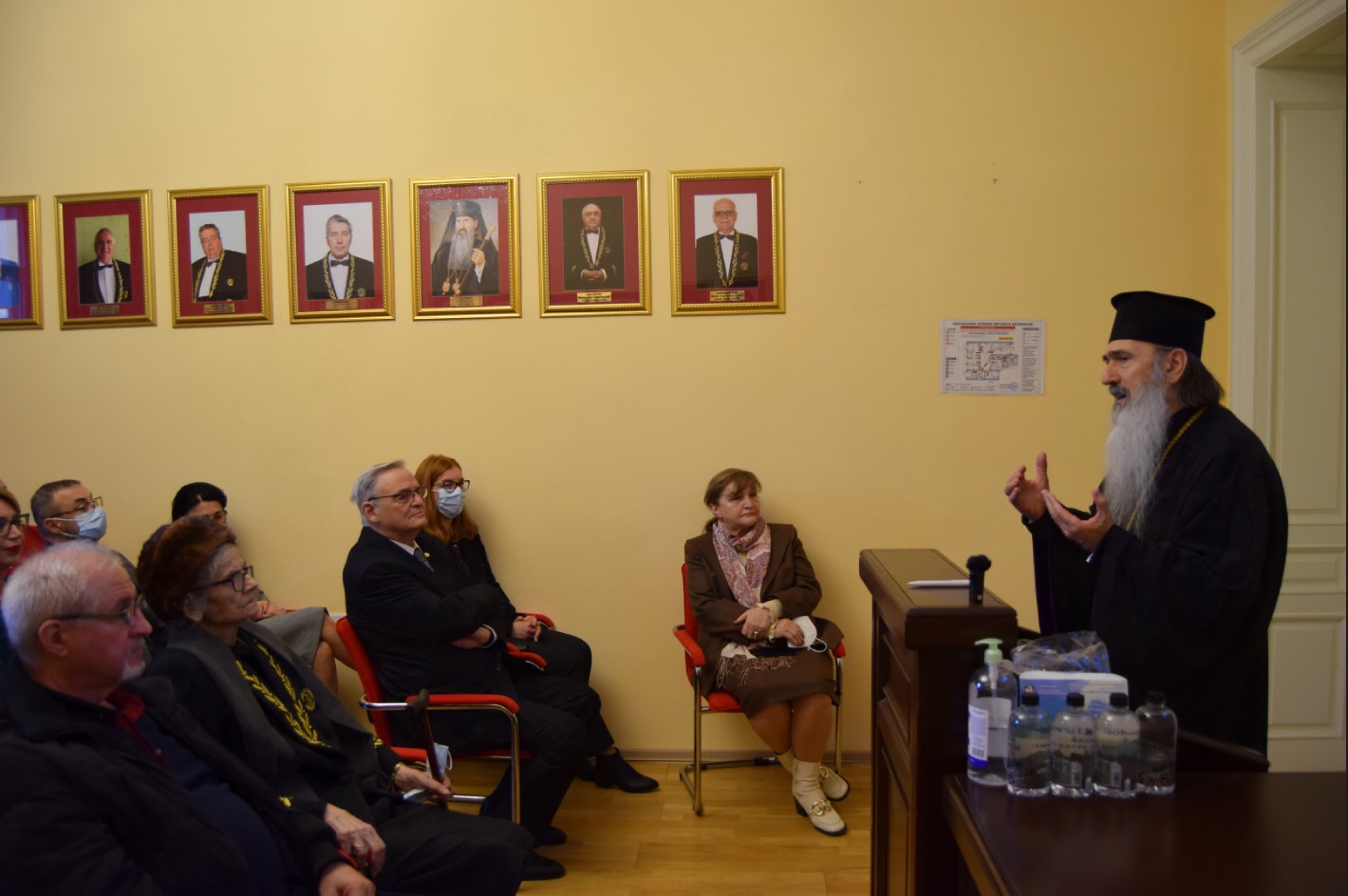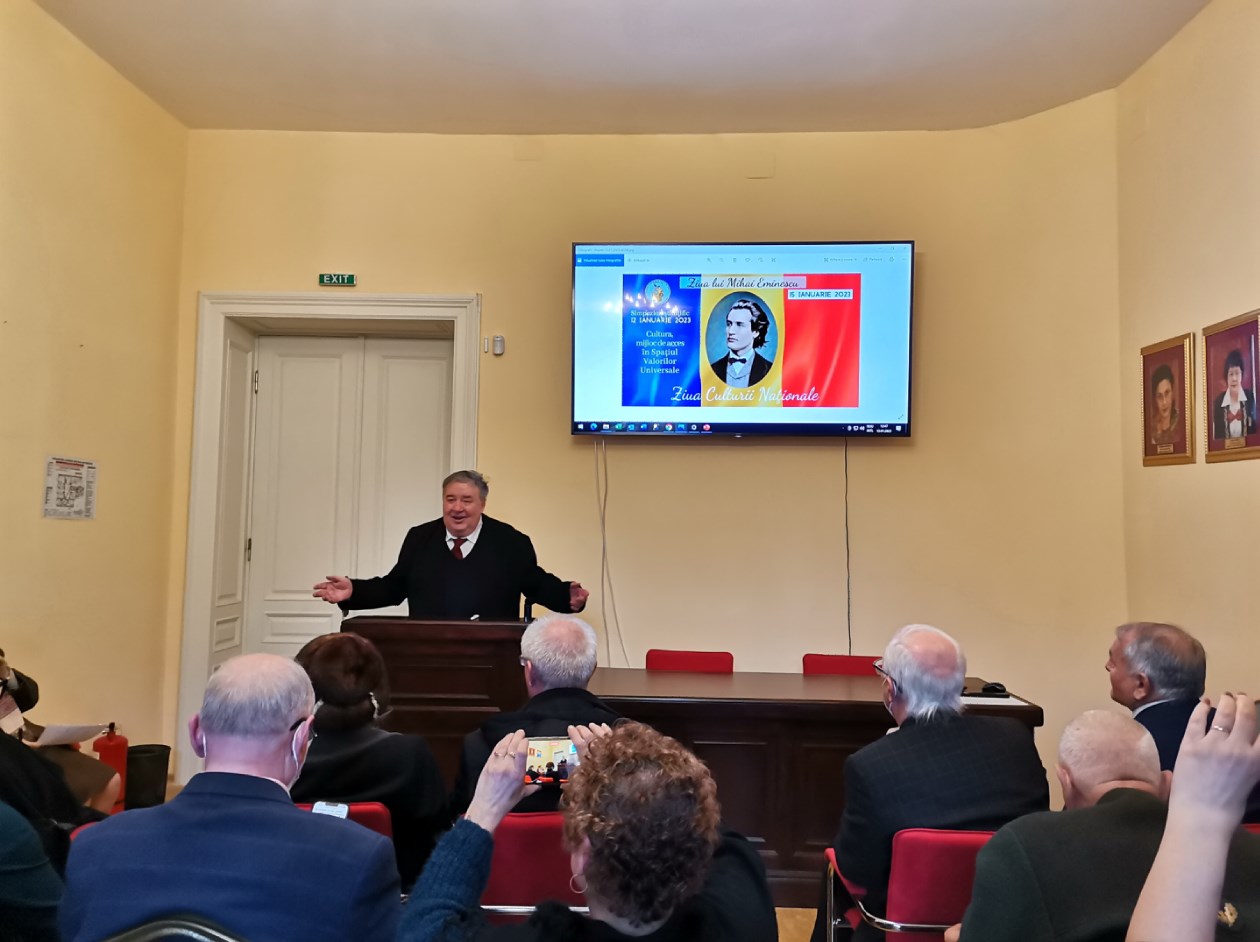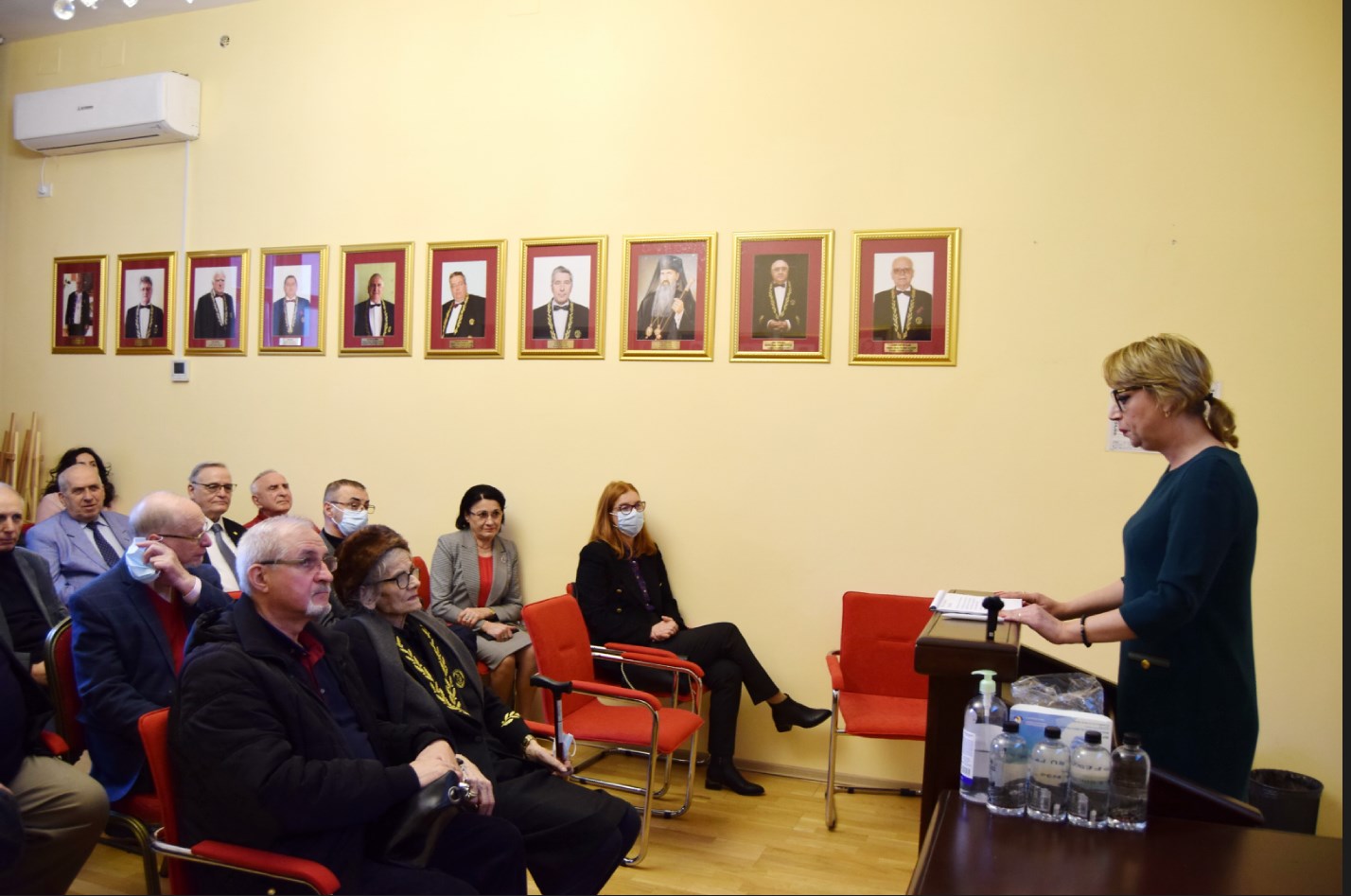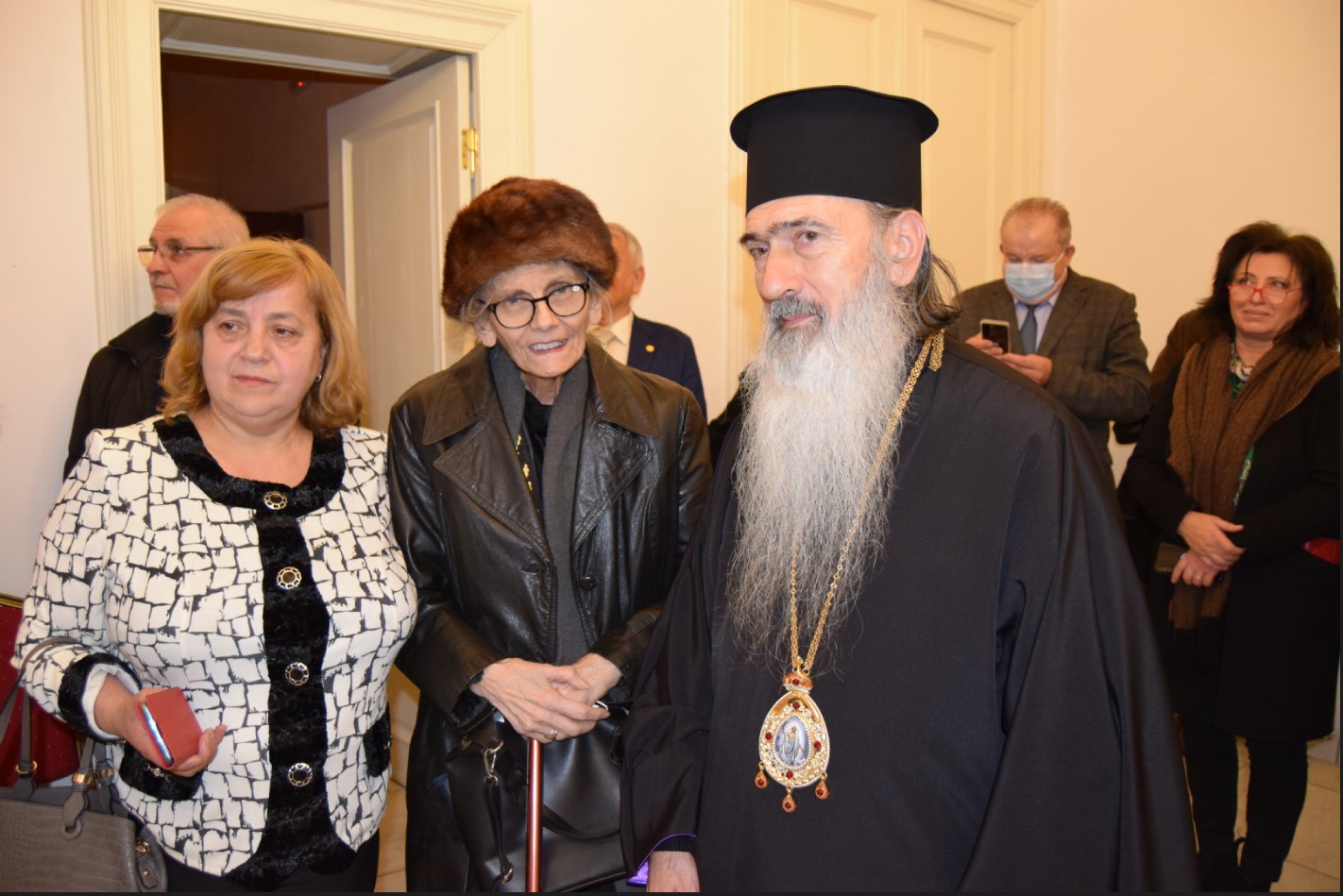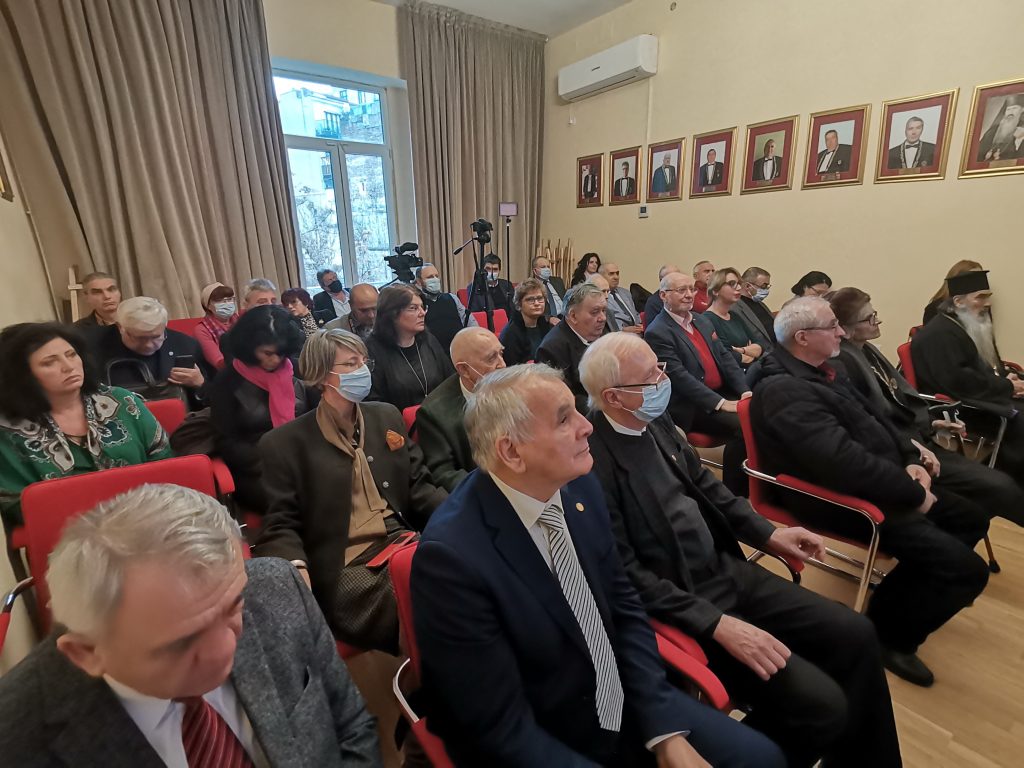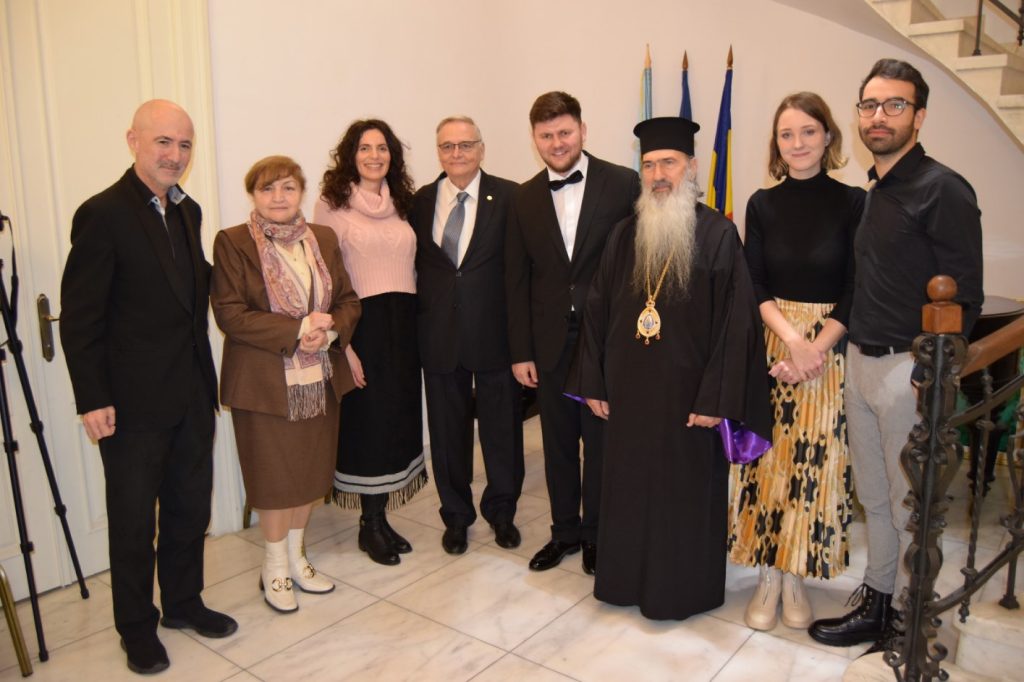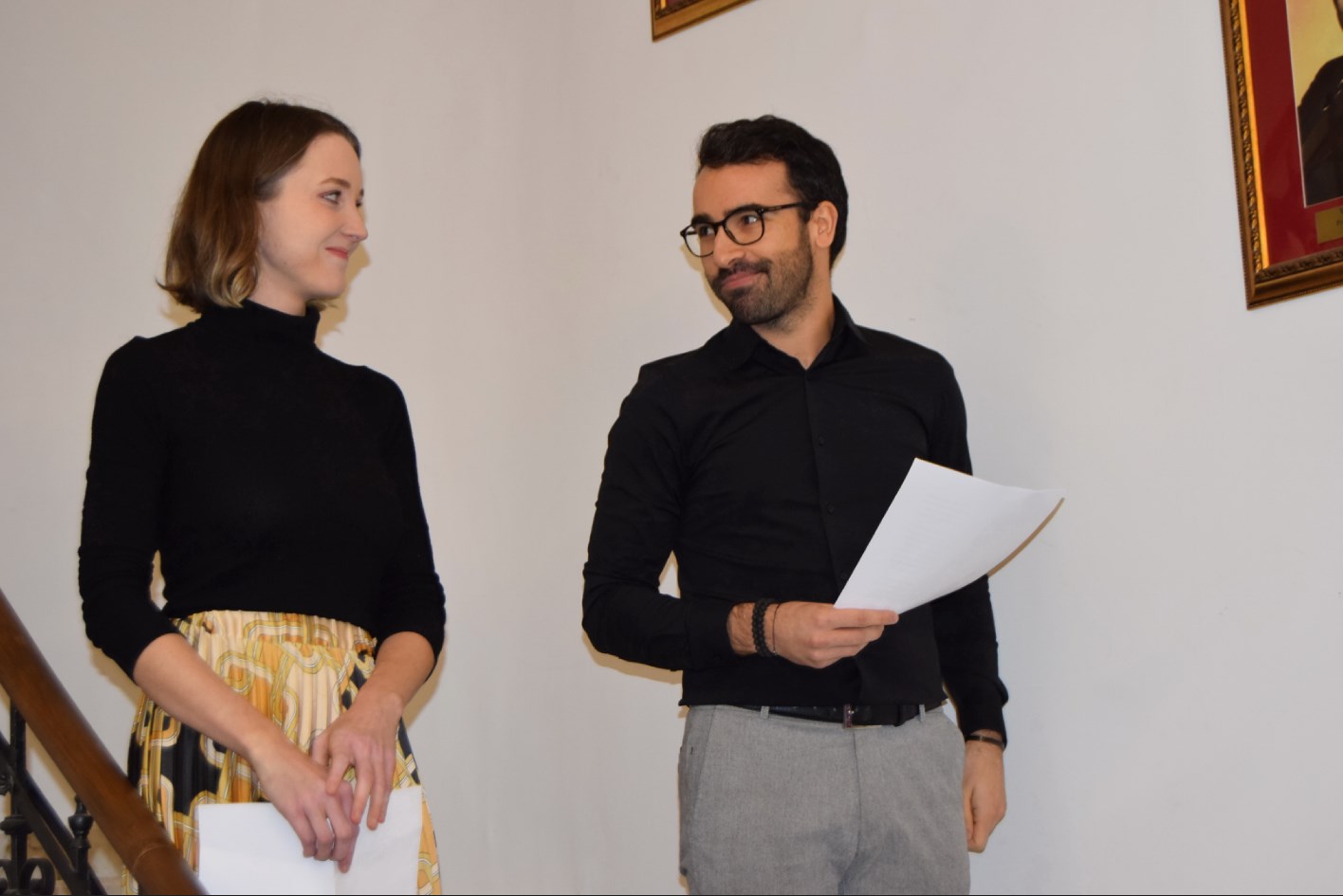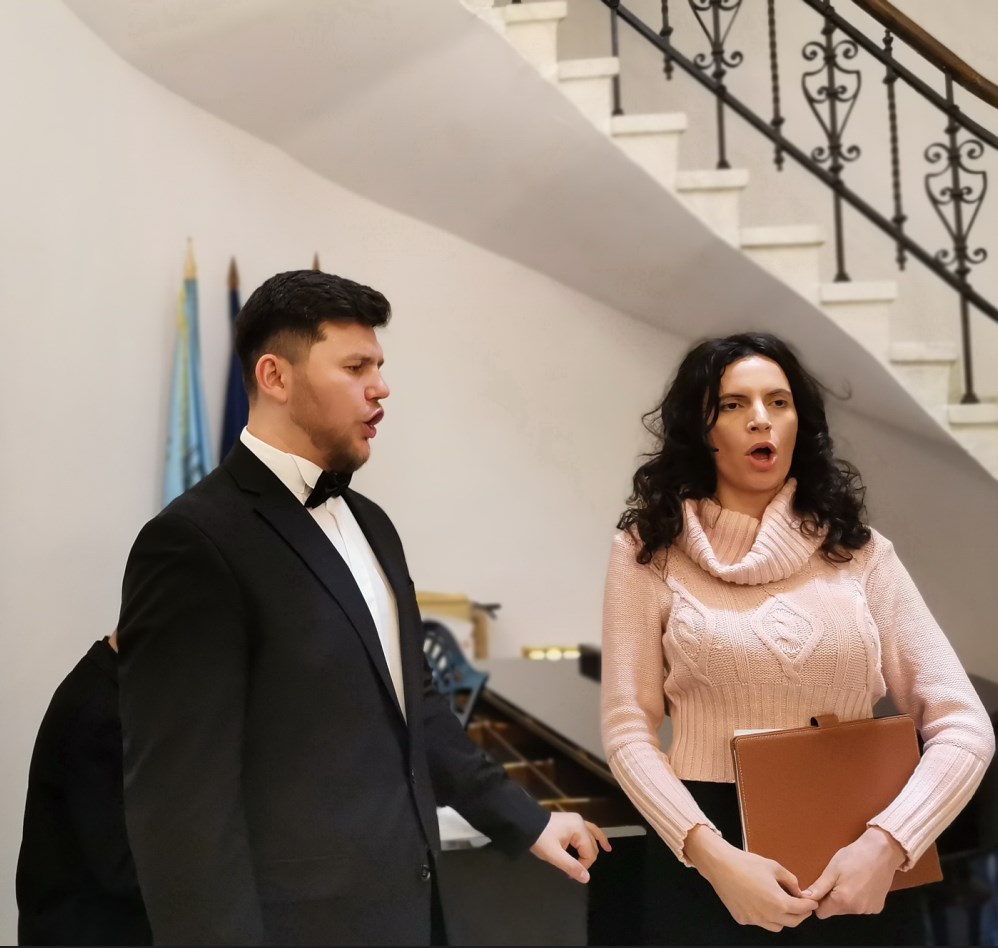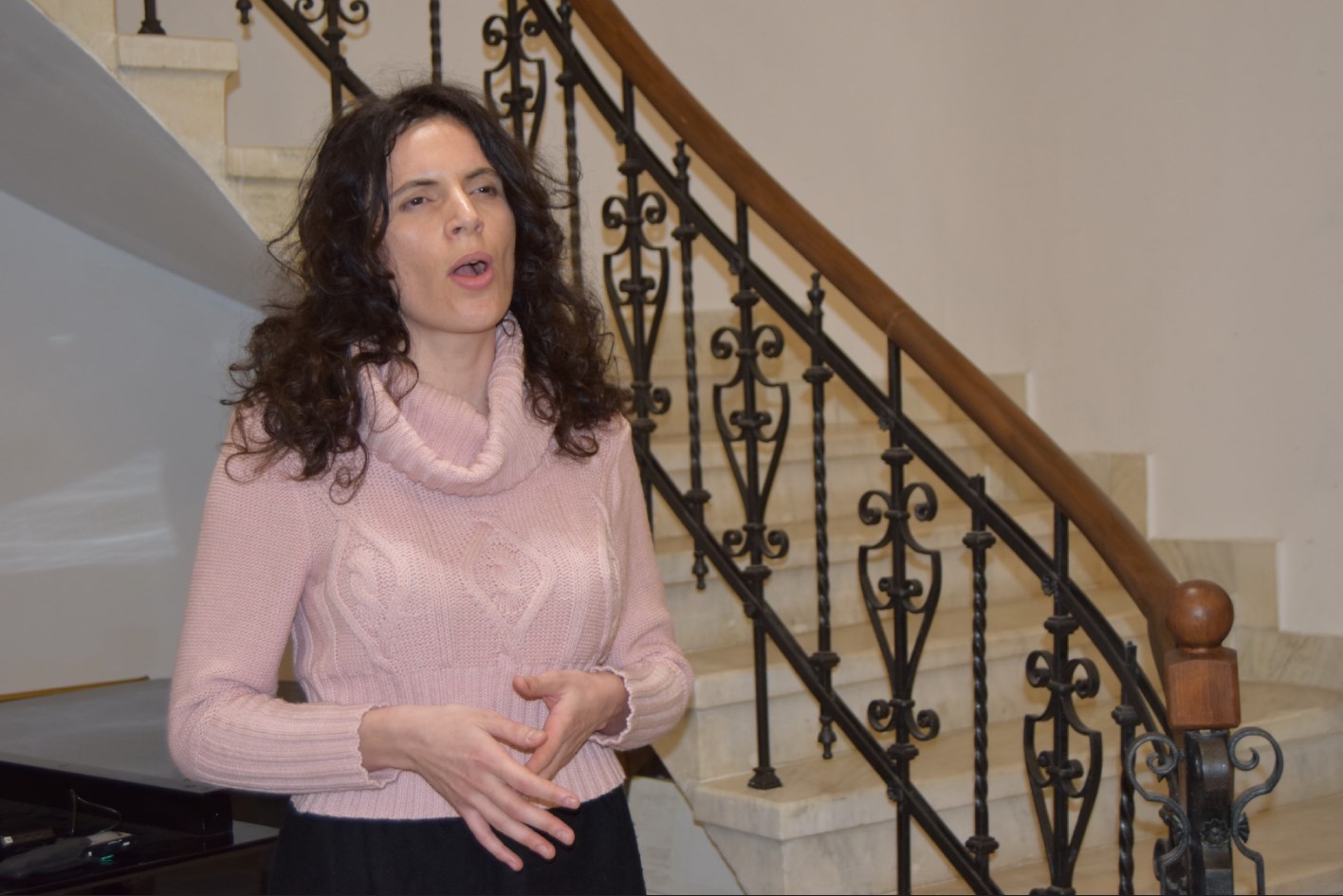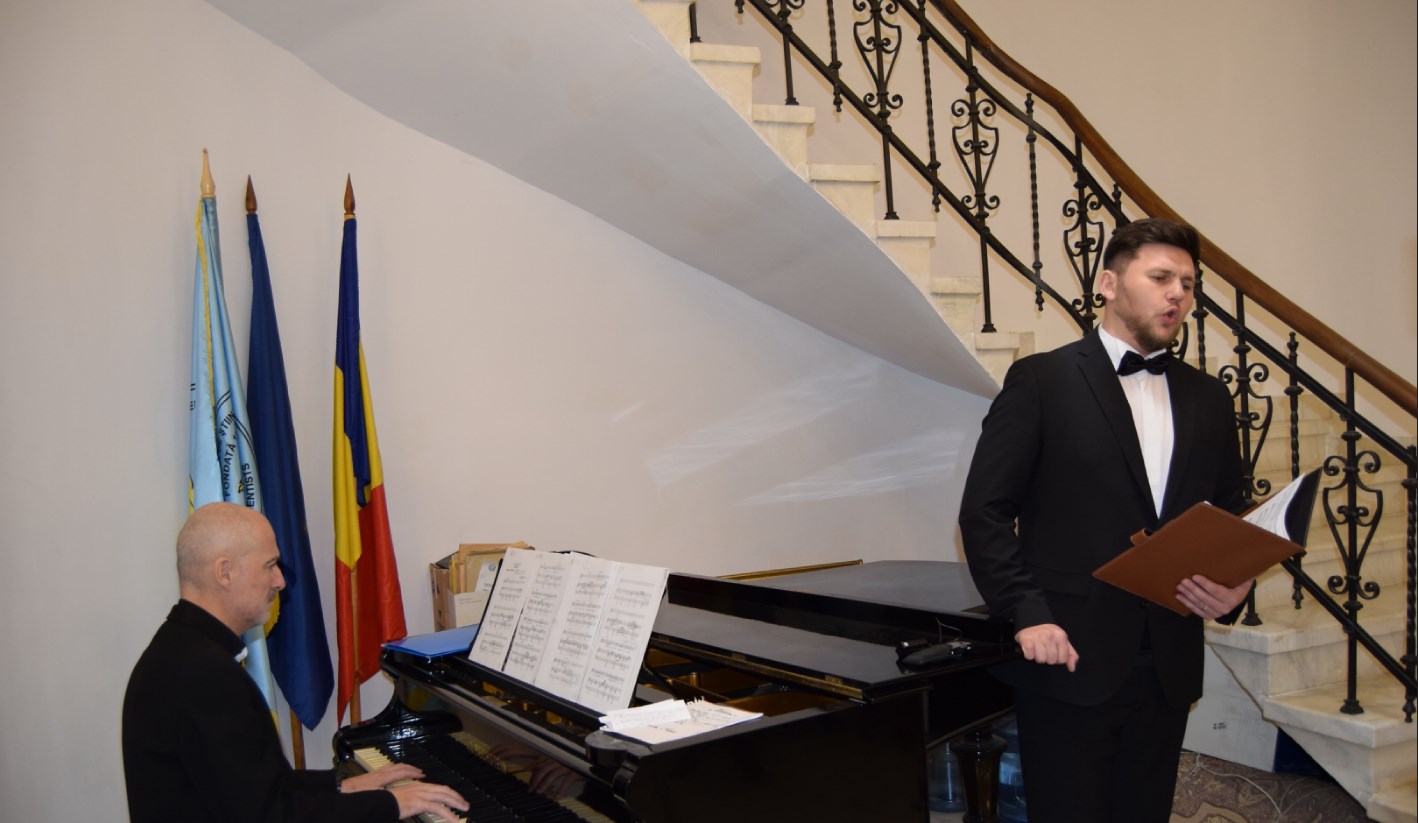===== INFORMATION PACK =====
I. PURPOSE OF THE COMPETITION –
The competition stimulates the participation of young people in research in topical areas of science and technology.
The main objective is to increase the international scientific visibility of young researchers by stimulating the publication of original scientific results in international journals with significant impact factors and the filing of patents for associated technological procedures.
Another objective is to establish scientific collaboration between young researchers and members of the Academy of Romanian Scientists (AOSR).
II. COMPOSITION OF THE RESEARCH TEAM
The research team will be composed of research scientists or research assistants, as well as university teachers, doctoral candidates or persons holding a doctoral degree, up to 35 years of age. The team leader, having a doctorate, may be up to 45 years old. The team includes the Director and at least one member.
Research team members cannot apply to two projects. Members of winning and funded teams from the previous AOSR-TEAMS 2022-2023 competition are not eligible to submit a project.
Each approved paper will be monitored by an AOSR member, who will not be remunerated for this work.
III. PROJECT DURATION AND CONTRACTING
The duration of the project is a maximum of 20 months from the date of signature of the contract. Contracting will be on the basis of copyright assignment to the AOSR. Project members will mention on the articles published based on the results obtained and the additional affiliation:
“Academy of Romanian Scientists, Ilfov 3, 050044 Bucharest, Romania”
IV. PROJECT BUDGET
The budget allocated for a project is a maximum of 50 000 lei, divided over two years.
V. PROJECT PROPOSAL STRUCTURE
The project proposal will have the following structure, divided into two files:
FișV.A.
A.1. Project Manager
Signed curriculum vitae (max. 3 pages), indicating previous projects led
Contact email address and phone number
Link to personal page (optional)
Link to Google Scholar papers/credentials page
https://scholar.google.ro/citations
A.2. Research team
List containing, for each participant:
Surname, Date of birth, Professional grade, Job
Link to personal page or Curriculum Vitae, Link to Google Scholar papers/credentials page.
VB file
B.1. Project proposal (max. 10 pages in Romanian)
- Title, indicating one scientific field from the list of 12 fields in Section VI
- Keywords
- Objectives, indicating their importance
- Methodology, indicating the degree of originality
- Estimated intermediate/final results with indication of timetable of activities
- Articles expected to be prepared with an indication of the minimum impact factor of the journal where they will be published. Possible patent proposals
- Bibliography
- Amount requested (do not specify types of expenditure).
B.2. Title and summary in English (max. 10 lines)
VI. SCIENTIFIC AREAS PROPOSED FOR COMPETITION
Research topics will relate to keywords such as: digitisation algorithms, computer generation of analytical solutions, digitisation of scientific databases, artificial intelligence in scientific research, computer integration of public services, digitisation and robotics, neural networks, machine learning, etc, in the following areas:
- Mathematical sciences
- Physical sciences
- Chemical sciences
- Biological sciences
- Geonomic sciences
- Engineering sciences
- Agricultural and forestry sciences
- Medical sciences
- Economics
- Socio-human sciences
- Information sciences
- Military science
VII. EVALUATION PROCESS
Projects will be evaluated by teams of 2 evaluators, usually one from the country and one from abroad. The evaluators will be selected from AOSR members, members of other academies, academics, researchers from the country and abroad, with recognised scientific merit. Evaluators cannot have projects in competition. Evaluators will be selected and validated by the Scientific Board of the AOSR.
The project proposal can accumulate after evaluation max. 100 points.
If the individual evaluations of a project differ by more than 15 points, the project will be re-evaluated in a panel with the participation of the evaluators and a member of the AOSR Scientific Council, appointed by the AOSR President. The final score will be determined after the panel discussion.
The total number of projects accepted will be around 24, with the aim of covering as many of the competition areas as possible. In one area, two projects will usually be accepted for funding.
Evaluation criteria
A.1. The director’s experience in the field, established on the basis of the projects led or in which he/she has participated and international scientific visibility, proven by the papers published in the field and their citations (max. 20 points)
A.2. International scientific visibility of team members (max. 10 points)
B.1. Fulfillment of the research areas set for the competition (eliminatory)
B.2. Timeliness and importance of the project theme (max. 15 points)
B.3. Originality of proposed solutions (max. 20 points)
B.4. Clear definition of the research objectives, methodology and plan of activities leading to its achievement (max. 30 points)
B.5. Staging of research activities (max. 5 points)
Proposal disqualification criteria
C.1. Non-compliance with the scientific fields of Section VI
C.2. Failure to meet the age criteria
C.3. Proposals containing at least one joint participant
C.4. Google Scholar pages will not contain the work of others with the same name. Identification of such work leads to disqualification of the proposal.
VIII. SUBMISSION OF THE PROJECT PROPOSAL
The V.A file signed by the project manager and the V.B file, both in pdf format, should be sent by email to:
secretariat.aosr@gmail.com,
and their receipt will be confirmed by an entry number sent to the sender’s e-mail address. Any appeals will be sent to the same address.
Questions about the competition can be sent to the above address or to:
delion@theory.nipne.ro
IX. COMPETITION CALENDAR
2023
16.01 – Publication of the competition on the institution’s website
www.aosr.ro
17.01-26.02 – Submission of project proposals
27.02-20.03 – Analysis of proposals and posting of competition results
21-23.03 – Submission of appeals
24-31.03 – Examination of appeals and publication of final results
01-10.04 – Contracting of projects accepted for funding
11.04-31.12 – Research activity
2024
01.01-04.12 – Research activity
01-10.12 – Evaluation of final research reports and papers/patents submitted for publication.
X. FINAL REMARKS
Signed progress reports in pdf format (max. 10 pages) should be emailed to 30 July, 5 December 2023, 30 June 2024 and the final report on 4 December 2024 on the basis of which the reception committee decides on the payment of the respective phases. The milestone results will be communicated at conferences organised before the reporting dates. The results of all projects will be published on the AOSR website.
Payments will be made in four instalments and the Project Manager will report on how the money will be spent.
The December reports for each year will contain manuscripts of papers submitted for publication and editorial acknowledgements of receipt, as well as patent proposals.
The final report will mention at least two papers based on the results of the project published in journals listed in the Web of Science database with mention of affiliation to AOSR.


